|
Love #Inktober? Looking for new art supplies to make this popular drawing challenge different and perhaps, more special, this year? Do you enjoy trying out unique art supplies to share with your creative friends? If so, you'll definitely want to check out Viviva Colors' new sketchbook line that's been launched especially in time for Inktober 2020, but will continue being sold worldwide even after this popular yearly drawing challenge concludes at the end of October. That's right! Viviva's crowdfunding campaign for these sketchbooks has gone so well, that the company will continue making them available for artists (without the Inktober logo) for an undefined amount of time. Inktober is one of the most popular drawing challenges going on in the online space since 2009. Each year, Inktober creator and renowned illustrator Jack Parker, publishes a new daily prompt list for artists to use as inspiration to create a new drawing/painting/mixed-media piece each day throughout the month of October. Every October, thousands of artists and creatives all around the world participate in this challenge, pushing themselves to work on a new piece, every day, for 31 days. It's no secret that Jake Parker has been involved in a couple of different controversial incidents as of late, which have caused a good amount of people to look for alternative art challenges to work on this October. However, lots of die-hard followers of this challenge are still eager to participate and are excited to begin, many of whom aren't necessarily fans of Jake Parker himself, but have found the experience of Inktober a valuable part of their art journeys. Many artists believe that the challenge has grown to become more than the person who initially created it. Inktober has become a way for artists to push their skills, creativity and build the discipline to stay consistent with their art practice. It has become an event that allows lesser-known emerging artists, to gain traction online and start growing their name known amongst a larger audience. It's also become an event that brings artists from all over the world together, helping us create meaningful connections that'll last a lifetime. Inktober, in my opinion, is about artistic growth, about community, and about sharing the importance of art with the world. In this past blog post I talk about Viviva Colors' history and also share my swatching process, as well as my review, for their original colorsheets. Make sure to check it out to read more about their compact and insanely vibrant watercolors. Viviva Colors' mission has always been to inspire artists to continue on their creative journeys and to never set their art aside, no matter how busy or how stressful life becomes. The company is not only constantly improving their products and offerings, but is always looking for new ways to encourage and motivate artists to stay on their paths. Viviva knows that, through art, people are able to cope with anxiety and depression, which are rampant this year due to the current pandemic, its economic repercussions, and all of the uncertainty its creating worldwide. And knowing how challenging 2020 has been, Viviva teamed up with Jake Parker to release an officially licensed set of supplies that'll make this year's Inktober even more special. These items were designed to make Inktober 2020 #AnInktoberToRemember. Just like Viviva's original colorsheets, which were officially launched in 2017, these new supplies were crowdfunded via Indiegogo. With the huge success of the first campaign, Viviva Colorsheets was able to start mass manufacturing their original product and have shipped them out to more than 30,000 artists in over than 100 countries. They are currently working on doing the same for the backers of these Inktober sketchbooks and colorsheets! You can find out more about the products they have available at their website. Let's talk about the new items! For Inktober 2020, Viviva launched 4 sketchbook variants, as well as a special edition of their colorsheets. Sketchbooks All of these sketchbooks are hardbound with a quality faux-leather cover and (during the Inktober season) also include a silver foil stamp with the Inktober 2020 and Viviva Colors logos on the front cover. a) A5 format (5.8 x 8.3 in) / 240 gsm / Ivory white / Smooth Lessebo paper / 64 pages b) A5 format (5.8 x 8.3 in) / 300 gsm / Off-white color / Rough watercolor paper / 40 pages / 100% Cotton c) Square format (7.5 x 7.5 in) / 300 gsm / Off-white color / Rough watercolor paper / 40 pages / 100% Cotton d) *The Easy Sketchbook* A5 format (5.8 x 8.3 in) / 240 gsm / Ivory white / Smooth Lessebo paper / 64 pages *The Easy Sketchbook was created especially for beginner artists who have trouble with their preliminary sketching process. It includes a sketching mirror and an aluminum slot stand to hold it as you're drawing, which helps you transfer the reference's outlines onto paper in an easier and faster way. See the Easy Sketchbook in action here! Colorsheets Aside from the four sketchbooks, Viviva also released a special edition of their colorsheets set which contains an extra 4 colors (their original sets have 16 and this one has 20). The 20 colors offered in this edition have been curated by Viviva and Jake Parker especially for Inktober. Check out my color swatching process for their original colorsheets in this blog post. You'll be able to see the colors' vibrancy and learn about my thoughts as to how they compare with regular watercolors in that post. Just like their original colorsheets, the Inktober edition also has the portable booklet format with protective paper in between each page. Here are a couple of pieces I've created in my Viviva/Inktober sketchbook, which is the square format with rough watercolor paper. A few interesting characteristics I noticed about the sketchbooks:
Finally, here are a few pros and cons I've found in relation to the items I've had the opportunity to try out, in bullet form. Pros and Cons of Viviva Colors'
|
Pros
*For more pros and cons about Viviva's color sheets, go here.
|
Cons
|
These items are all beautiful and high-quality, and I want to send a huge thank you to Viviva Colors for providing me these items to explore and review!
Personally, I won't be participating in Inktober this year due to a lack of time and more important projects I'm working for my online art communities, but I look forward to creating more pieces in this great sketchbook.
*Visit Viviva Colors' website and follow them on social media to see inspiring artwork created with their colorsheets, as well as the latest news from them:
Viviva Colors Website
Viviva Colors on Instagram
Viviva Colors on Facebook
0 Comments
Do you enjoy taking your watercolors with you while traveling or to different local settings to create unique, artistic renditions of your experiences? Love exploring new art supplies and sharing them with your creative friends? Do you like bold, bright, expressive color?
It's been a month since I first received my Viviva Colorsheets and I'm excited to report that, after having created a little series of paintings with them (some of which I'm including in this post), I'm ready to share my thoughts!
In this blog post, I'll not only be including my swatching video for the 16 colors offered in Viviva's watercolor sheets, but I'll also share some information about this amazing brand, the products they currently offer and my observations after having explored them for a bit.
This way, you can decide whether to order yourself a set a.s.a.p., or stick to regular watercolor tubes or pans.
Viviva's watercolor sheets take the form of a booklet and each sheet contains 2 (6 x 4.5 cms.) highly saturated "plaques" of pigment. To use them, one has to simply touch the color with a slightly wet paintbrush and the color will be immediately activated.
This is an idea pioneered by Peerless Watercolors in 1885 and Viviva has succeeded at creating their own modernized, all-around visually appealing version that they're constantly working on improving and providing different iterations of for their audience.
Viviva Colorsheets was founded in 2015 by med student Aditya Vadgaonkar, who loved watercolor, but found it hard to make time to paint ever since starting with his university studies. Even when he did have a bit of free time, the set-up process, taking care of required supplies and clean up involved, made things very impractical for him.
He longed to continue with his art practice and knew that there probably were lots of people around the world who loved art and felt that eagerness to sit down to create, yet found it too challenging to make time for it in their busy schedules.
While working on a med school assignment involving a diagnostic technique that required picking up color from a paper substrate, the idea of creating watercolor sheets that contained color in dried form occurred to him.
He thought this would be a great way to make watercolor painting more practical for busy people and for those enjoy sketching/painting outside of the studio, as these sheets would be easy to carry around and required minimal preparation/clean up.
Passionate about making his idea come to life, Aditya then worked with an expert on colorants and, after 2 years and lots of different iterations, they arrived at a product that was ready to be offered to the world.
They came up with a method to create watercolor sheets using a minimal amount of binder (when compared to regular watercolor pan sets), which gives them their vividness and great color payoff.
In May 2017, Viviva launched a crowdfunding campaign on Indiegogo in order to begin producing their colorsheets in small volumes and start selling worldwide. It was a huge success.
Viviva has been working on their product design nonstop, and now offer a wide range of vibrant colors that are not only super bright and easily activated, but portable, durable and eco-friendly.
They've added more colors, tabs on the bottom of each sheet so that colors can be easily found, protective water-repellent paper in between each sheet, a small foldable paper palette, and they've even added beautiful and customizable wood covers as an option for your colorsheets (an amazing addition if you want to give these colorsheets away as a gift).
They've also been working hard on getting their innovative product into art-enthusiasts' hands worldwide, as they continue spreading their mission to share the joy of being able to paint anytime and without the mess.
Today, Viviva is selling their colorsheets to artists and art-lovers all over the world via their website, as well as through art stores in the U.S., Canada, UK, Germany, France, Netherlands, Singapore, Honk Kong, Australia and more.
In May 2017, Viviva launched a crowdfunding campaign on Indiegogo in order to begin producing their colorsheets in small volumes and start selling worldwide. It was a huge success.
Viviva has been working on their product design nonstop, and now offer a wide range of vibrant colors that are not only super bright and easily activated, but portable, durable and eco-friendly.
They've added more colors, tabs on the bottom of each sheet so that colors can be easily found, protective water-repellent paper in between each sheet, a small foldable paper palette, and they've even added beautiful and customizable wood covers as an option for your colorsheets (an amazing addition if you want to give these colorsheets away as a gift).
They've also been working hard on getting their innovative product into art-enthusiasts' hands worldwide, as they continue spreading their mission to share the joy of being able to paint anytime and without the mess.
Today, Viviva is selling their colorsheets to artists and art-lovers all over the world via their website, as well as through art stores in the U.S., Canada, UK, Germany, France, Netherlands, Singapore, Honk Kong, Australia and more.
Viviva currently offers four different sets:
Find out more about their products by visiting their website.
- Single set: One set of colorsheets with 16 different colors
- Sketcher's set: One set of colorsheets with 16 different colors + a refillable watercolor brush
- Gift set: One set of colorsheets with its wood/customizable cover and a refillable watercolor brush
- Deluxe set: Two sets of colorsheets, each with its wood/customizable cover and a refillable watercolor brush
Find out more about their products by visiting their website.
Viviva Watercolor Swatches
The very first thing I did after receiving my colorsheets, was work on swatches for their 16 colors. As you'll see in the video, I also made sure to test out some techniques that I frequently use in my watercolor painting.
As I explain in my blog post/YouTube video titled How to Swatch Watercolor and Why It's Important, making time to test out colors before using them in an actual painting will not only give us a feel for the usability of the new set on hand, but will also help us avoid surprises when we're laying down our colors and creating our different color mixtures.
Many colors in regular watercolor sets often look very different while in the pan/tube when compared to how they look when they're placed on paper and Viviva's colorsheets are no different (specific colors like Violet, Peacock Blue and Viridian are especially surprising!).
Swatching colors out also allows us to have a better understanding of the color range offered.
If you enjoyed this video and found it helpful, make sure to subscribe to my YouTube channel. I share a brand new video every week with art tips, drawing and painting tutorials and mindset/productivity tips for artists. *Subscribe HERE*
The 16 colors included in Viviva's Colorsheets are:
Crimson
Deep Pink
Vermillion
Dusk Orange
Chrome Yellow
Gold Ochre
Burnt Umber
Burnt Sienna
Light Green
Sap Green
Viridian
Peacock Blue
Persian Blue
Violet
Magenta
Slate Black
You'll notice that, in this video included above, I also share my initial thoughts on how these paints compare to regular watercolor pans and tubes.
In many ways, these paints act more like dyes than regular watercolors and it's important to take this into account when you start painting with them.
This said, I've come across pieces created by different artists using these colorsheets that look like they were painted with regular watercolors.
Because of this, I refused to change the way I work and just simplified my method. I came up with something that works similarly to my usual techniques and that I like the look of.
As with many art supplies, there's a learning curve involved, for sure. Especially if you already have a specific way of working as well as a style you're trying to achieve.
As you'll see in the pieces I share here, I've have managed to use these colorsheets to successfully create beautiful wet-on-wet effects, muted out color mixtures and even a variety of values using layering to provide a bit more realism.
Dry Color Swatches and Tests
Pros and Cons of Viviva's Colorsheets
Pros
|
Cons
|
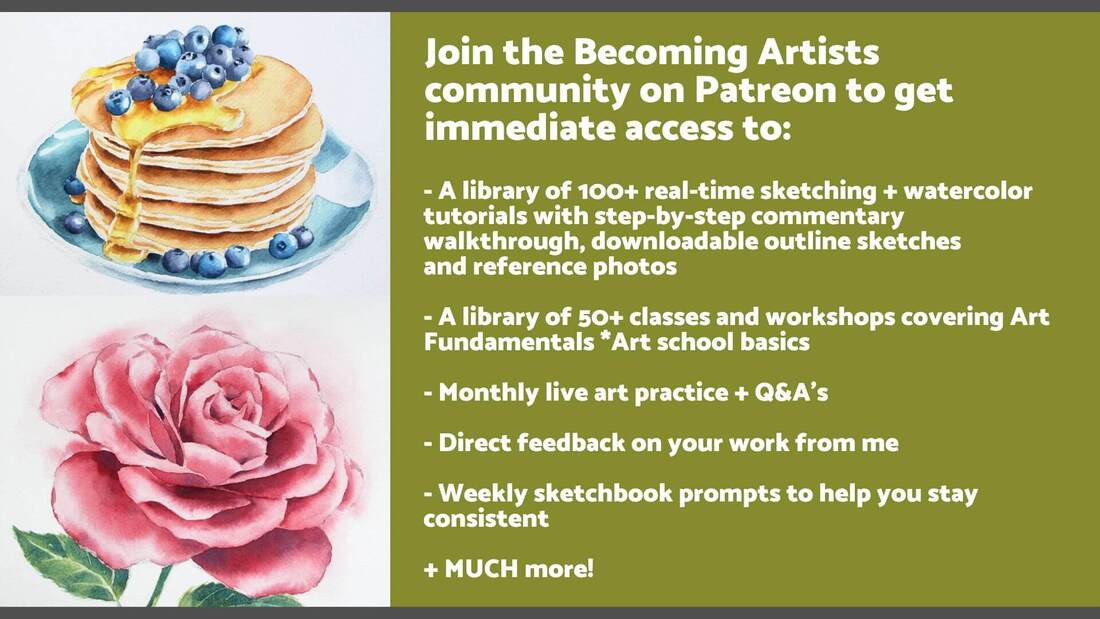
Final Thoughts
Trying out these colorsheets has been a great experience and the product didn't disappoint. I'd recommend it to artists who are looking for convenience/portability and love creating quick paintings or sketches using watercolor, especially those who love bright color and do minimal color mixing.
Viviva's colorsheets are the smallest, most lightweight, portable set that I've ever used, which make them perfect for art on-the-go. Any artist who enjoys creating quick sketches outdoors, in different settings or while traveling, should definitely give these a go!
Though it definitely took me a bit to get used to them in order to produce the results I was after, I think the challenge has expanded my horizons and has made me a better artist.
Thank you for reading!
*Follow Viviva Colors on social media to see inspiring artwork created with their colorsheets, as well as the latest news from them:
Viviva Colors on Instagram
Viviva Colors on Facebook
For a list of Erika's favorite watercolor painting supplies, go here.
What does it really take to develop one's own artistic style and voice? How do professional artists get to a point at which their artwork is unique and seems to be an extension of themselves? Is there anything that artists just getting started can do to get there sooner?
In today's blog post/YouTube video I'll be sharing a fundamental aspect behind finding one's own artistic style and voice that's rarely, if ever, discussed. I'll also be sharing some key tips that have helped me make a ton of progress with this in my own journey.
So, let's just cut to the chase.
The fact is that becoming an artist that creates unique, quality artwork is just as much about doing the internal work as it is about continuing to develop our cold drawing/painting skills.
Why?
Because it's through the introspection, self-analysis and even self-discovery that takes place as you continue honing your art skills that you'll be able to start peeling back the layers and learn who you are as a human being, as well as how this relates to your very own creative process.
You must find out who you are, the message you want to share with the world and how you want to share it.
Without comparing yourself to anybody else.
If we don't practice listening to ourselves throughout the creative process and we constantly depend on external inspiration in the form of other artists' work to get started, we risk never finding out enough.
We risk not connecting the necessary dots so that we're able to create something from scratch that's truly ours.
Think about it.
If there's one thing that all kinds of artists who manage to constantly create unique, meaningful work have in common...one thing that makes a person stand out from the crowd, it's the fact that they know who they are.
They know what's important to them and are unapologetically themselves.
What does it really take to develop one's own artistic style and voice? How do professional artists get to a point at which their artwork is unique and seems to be an extension of themselves? Is there anything that artists just getting started can do to get there sooner?
In today's blog post/YouTube video I'll be sharing a fundamental aspect behind finding one's own artistic style and voice that's rarely, if ever, discussed. I'll also be sharing some key tips that have helped me make a ton of progress with this in my own journey.
So, let's just cut to the chase.
The fact is that becoming an artist that creates unique, quality artwork is just as much about doing the internal work as it is about continuing to develop our cold drawing/painting skills.
Why?
Because it's through the introspection, self-analysis and even self-discovery that takes place as you continue honing your art skills that you'll be able to start peeling back the layers and learn who you are as a human being, as well as how this relates to your very own creative process.
You must find out who you are, the message you want to share with the world and how you want to share it.
Without comparing yourself to anybody else.
If we don't practice listening to ourselves throughout the creative process and we constantly depend on external inspiration in the form of other artists' work to get started, we risk never finding out enough.
We risk not connecting the necessary dots so that we're able to create something from scratch that's truly ours.
Think about it.
If there's one thing that all kinds of artists who manage to constantly create unique, meaningful work have in common...one thing that makes a person stand out from the crowd, it's the fact that they know who they are.
They know what's important to them and are unapologetically themselves.
Don't get me wrong.
Developing our cold artistic skills and knowledge on Art Fundamentals is essential when we're just getting started.
In my blog post titled 5 Tips for the (Serious) Self-Taught Artist, I get into the importance of learning about Art Fundamentals, as well as why its vital for serious artists to adopt a learning mentality and to embrace exploration.
It's through knowledge about Art Fundamentals that you'll be able to make use of Elements and Principles of Art effectively, in a way that's visually impactful, harmonious, balanced and that transmits your message.
This knowledge also provides you the confidence you need to trust in yourself artistically, which is so important.
And yes, we're always going to be inspired and influenced by other people's work (visual artists and otherwise) that has impacted us directly or indirectly throughout our lives.
Our art is an extension of ourselves after all.
But there are effective ways to do it and others which aren't so helpful if we're already at a certain skill level.
In this blog post, I explain how to get inspired by other artists' work in a way that isn't copying and that will actually get you closer to discovering your own art style.
Even though there's nothing "new" under the sun, no one else in the world has that exact combination of influences and experiences you have.
And you better believe that you have the ability to create an original mishmash of all those things.
Here are the objective/tangible aspects that we often consider when looking at our own or someone else's artwork:
But, what about the more subjective aspects? What about those things that cannot be readily described, but felt and understood at a deeper level?
What about the artwork's overall mood, message or story?
Artists who've developed a unique style and voice, find their own way of making use of their medium(s) and the aforementioned objective/tangible aspects in order to transmit a particular feeling or message that connects to who they are.
And while this message doesn't have to be anything complex or grandiose, it does have to come from you.
If you enjoyed this video and found it helpful, make sure to subscribe to my YouTube channel. I share a brand new video every week with art tips, drawing and painting tutorials and mindset/productivity tips for artists. *Subscribe HERE*
Creating quality original artwork comes down to two things:
a) Having an original vision and a message that's meaningful to you
b) Having the skills and tools necessary to see it come to life
As you continue honing your skills and mastering your medium, start reflecting on your creative process, what you're enjoying and not enjoying, the commonalities that you're finding in the pieces you've created, your personal strengths and weaknesses, what strengths you'd like to enhance and what weaknesses you want to work on, etc.
Also ask yourself what's most important to you, what life/world issues deeply affect you, what change you'd like to see in the world, what life lessons have marked you or made you different from others, etc.
Remember that, even though a lot of us are total introverts and work in isolation, we create art to ultimately share it with others.
We create art to communicate important issues, bring light and/or build bridges.
What is it that you want to communicate with yours?
Then, work intentionally, based on your findings and the goals you set for yourself.
Here are a few specific tips that'll help.
Creating quality original artwork comes down to two things:
a) Having an original vision and a message that's meaningful to you
b) Having the skills and tools necessary to see it come to life
As you continue honing your skills and mastering your medium, start reflecting on your creative process, what you're enjoying and not enjoying, the commonalities that you're finding in the pieces you've created, your personal strengths and weaknesses, what strengths you'd like to enhance and what weaknesses you want to work on, etc.
Also ask yourself what's most important to you, what life/world issues deeply affect you, what change you'd like to see in the world, what life lessons have marked you or made you different from others, etc.
Remember that, even though a lot of us are total introverts and work in isolation, we create art to ultimately share it with others.
We create art to communicate important issues, bring light and/or build bridges.
What is it that you want to communicate with yours?
Then, work intentionally, based on your findings and the goals you set for yourself.
Here are a few specific tips that'll help.
Tips to Find Your Own Art Style and Voice
1. Prioritize and stay consistent
Consistency is number one whenever we're trying to achieve anything big in our lives. Even if you're only taking baby steps, if you continue, a year from now you'll be absolutely amazed with the progress you've made.
It's important to embrace the fact that art is a large part of who you are, and to truly commit to improving your work and finding yourself artistically.
Make it a priority and don't be afraid to set those goals!
In this blog post, I share my method for setting goals and breaking them down into tasks you can do monthly, weekly and daily, so that you can make sure that you're moving forward consistently.
Move past those limiting beliefs because quite often, we're holding our own selves back from making significant progress.
It's important to embrace the fact that art is a large part of who you are, and to truly commit to improving your work and finding yourself artistically.
Make it a priority and don't be afraid to set those goals!
In this blog post, I share my method for setting goals and breaking them down into tasks you can do monthly, weekly and daily, so that you can make sure that you're moving forward consistently.
Move past those limiting beliefs because quite often, we're holding our own selves back from making significant progress.
2. Inspiration can come from anywhere
When we're looking to get inspired to start a new piece or project, a lot of us immediately turn to other visual artists' work for inspiration.
However, as an artist, you have stronger sensibilities than non-artists. If you want to, you can get inspired with practically anything.
By breaking away from Instagram and Pinterest, and practicing with finding beauty or interest in day-to-day objects, thoughts, feelings or circumstances, you'll be opening the floodgates to new, original ideas.
Also, it's important to realize that we're not always going to be inspired.
If we're serious about reaching artistic success, we need to find motivation in achieving our long-term goals (they're different for all of us and you need to find what these are for you).
Oftentimes, inspiration will come to you as your working or will come to you as you continue busting through those milestones!
However, as an artist, you have stronger sensibilities than non-artists. If you want to, you can get inspired with practically anything.
By breaking away from Instagram and Pinterest, and practicing with finding beauty or interest in day-to-day objects, thoughts, feelings or circumstances, you'll be opening the floodgates to new, original ideas.
Also, it's important to realize that we're not always going to be inspired.
If we're serious about reaching artistic success, we need to find motivation in achieving our long-term goals (they're different for all of us and you need to find what these are for you).
Oftentimes, inspiration will come to you as your working or will come to you as you continue busting through those milestones!
3. Create an inspiration board
Create a collection of things that inspire and appeal to you.
Yes, other artists' work can be part of this collection but, add bits and pieces of all kinds of things/subject-matter including colors, textures, words, music bands, random elements and whatever comes to mind.
What's absolutely amazing, is looking back at these collections you've created and discovering patterns or threads in the items you've picked (often subconsciously).
It allows you to discover specific things that appeal to you in a visual and tangible form.
Analyze the collections you come up with and internalize the threads you find. Ask yourself questions like: How do these visual patterns connect with who I am and my personal tastes? Can I find a message here?
I love doing these digitally, as the Internet makes it very easy to find all sorts of images and we can even create collections via Pinterest boards or in any sort of photo-editing software.
Yes, other artists' work can be part of this collection but, add bits and pieces of all kinds of things/subject-matter including colors, textures, words, music bands, random elements and whatever comes to mind.
What's absolutely amazing, is looking back at these collections you've created and discovering patterns or threads in the items you've picked (often subconsciously).
It allows you to discover specific things that appeal to you in a visual and tangible form.
Analyze the collections you come up with and internalize the threads you find. Ask yourself questions like: How do these visual patterns connect with who I am and my personal tastes? Can I find a message here?
I love doing these digitally, as the Internet makes it very easy to find all sorts of images and we can even create collections via Pinterest boards or in any sort of photo-editing software.
4. Put yourself through periods of "incubation"
As visual people, it can be very hard not to get influenced by art and design that we have right in front of us.
And this can be very hard because with the Internet and social media, we're constantly bombarded with all kinds of visual stimuli.
The fact of the matter is, that the influences that have already impacted you and make you who you are, are already inside of you.
You don't need to take anything new in, in order to create.
*This doesn't include using reference photos or subjects you have in front of you in real life, if this is the way you work. But try creating your own references based on your original ideas/concepts.
I put myself through periods of what I like to call incubation, in which I limit the new influences I'm taking in and make time to sift through what's already inside of me.
It's important to turn off unnecessary external influences from time to time, trust that we have what we need already within us and listen.
This tip goes hand-in-hand with another suggestion I've provided in other YouTube videos and blog posts:
"Limit consumption and increase creation."
Do your best to create your own concepts and see those visions through from start to finish. Take your own art reference photos, draw that preliminary sketch from the imagination, whatever it may be for you.
And there's no need to be a master at your medium to allow yourself to do this!
And the more you put yourself through this process independently, the easier it will get.
And this can be very hard because with the Internet and social media, we're constantly bombarded with all kinds of visual stimuli.
The fact of the matter is, that the influences that have already impacted you and make you who you are, are already inside of you.
You don't need to take anything new in, in order to create.
*This doesn't include using reference photos or subjects you have in front of you in real life, if this is the way you work. But try creating your own references based on your original ideas/concepts.
I put myself through periods of what I like to call incubation, in which I limit the new influences I'm taking in and make time to sift through what's already inside of me.
It's important to turn off unnecessary external influences from time to time, trust that we have what we need already within us and listen.
This tip goes hand-in-hand with another suggestion I've provided in other YouTube videos and blog posts:
"Limit consumption and increase creation."
Do your best to create your own concepts and see those visions through from start to finish. Take your own art reference photos, draw that preliminary sketch from the imagination, whatever it may be for you.
And there's no need to be a master at your medium to allow yourself to do this!
And the more you put yourself through this process independently, the easier it will get.
5. Get writing!
I cannot even begin to describe how much writing has helped me, not only in getting to know myself, but also in becoming a happier and more productive artist.
Writing things down or doing what I like to refer to as "brain-dumps", is so helpful in getting rid of unnecessary mind-clutter that's making you slower or may even be blocking you.
I talk about it in my blog post: 5 Essential Self-Care Tips for Artists and Creatives.
It doesn't matter if you don't consider yourself a good enough writer, because it's not about getting perfect grammar and spelling. What matters is getting out what's in your mind and heart at the present moment.
Similarly to tip #3, you're going to start seeing threads in your journal entries in terms of personal thoughts and even expression styles which continue popping up. These can give you clues on ideas that are important to you and that perhaps you can integrate into your artistic message in some way, shape or form.
For me, my writing takes form of morning pages, but getting out that journal and doing free-form, unstructured writing is something you can do whenever you have time during the day.
Writing things down or doing what I like to refer to as "brain-dumps", is so helpful in getting rid of unnecessary mind-clutter that's making you slower or may even be blocking you.
I talk about it in my blog post: 5 Essential Self-Care Tips for Artists and Creatives.
It doesn't matter if you don't consider yourself a good enough writer, because it's not about getting perfect grammar and spelling. What matters is getting out what's in your mind and heart at the present moment.
Similarly to tip #3, you're going to start seeing threads in your journal entries in terms of personal thoughts and even expression styles which continue popping up. These can give you clues on ideas that are important to you and that perhaps you can integrate into your artistic message in some way, shape or form.
For me, my writing takes form of morning pages, but getting out that journal and doing free-form, unstructured writing is something you can do whenever you have time during the day.
That's it for today's blog post!
I really wanted to share these ideas with you today because I know how frustrating it can be as a beginner artist who wants to desperately move past the awkward phase and get to creating original and meaningful artwork, to come across advice such as:
"Keep doing the work and it will come to you eventually."
or
"Don't try to rush it or pressure yourself, just keep on creating and it will come naturally, at the right time."
While these suggestions are all well and good, they are too vague and often leave beginners spinning their wheels, continuing to do exactly what they were doing before and making the self-discovery process a lot longer than it needs to be.
So, after you reach a certain skill level with your medium, you need to start trusting that you have everything you need to create original work from scratch already within you.
Why is it that abstract art looks so easy to do and when I try my hand at it, I always end up disappointed with my results? How can I become looser and more expressive when painting with watercolor? Does one have to prepare before starting a painting that's more on the abstract side of the art spectrum?
When I first saw abstract artists at work, back when I was very young, I remember thinking just how easy it must be to create that kind of painting (or drawing).
I saw how intuitively and spontaneously they moved along the process, and concluded there was no prep work involved or specific process to follow.
I wasn't entirely wrong.
However, the thing I failed to realize back then is, those artists that seemed to be creating magic on canvas in a matter of minutes and without any struggle at all, had a ton of knowledge about art and Art Fundamentals, and had full control over their preferred mediums.
They had already devoted lots of time to learning, exploring, messing up and finding their voice to the point that they could now easily express emotions and ideas via marks, colors, shapes and textures.
They had full knowledge of Elements and Principles of Art, and were masters at choosing color schemes, creating interesting and balanced compositions, harmony, contrast, and everything that makes an artwork look impactful, cohesive and have the ability to effectively communicate an idea or emotion.
Because they had already gained a certain level of mastery through their first-hand experience, they were able to move through the creative process with confidence and ease.
And confidence, in my opinion, is key to abstracts as it's what truly allows us to let go and be able to work more intuitively.
Not to mention, these artists had already gone through the long process of finding themselves artistically and preparing their specific tools (and colors) of choice. They know the message they want to transmit and how they want to transmit it.
So yes, they may be going along the creation of an abstract painting intuitively now, and they may or may not have prepared or practiced before starting a specific piece (this depends on each artist's creative process), but they have years of practice under their belts.
When we're just getting started (and we're serious about improving our skills), it's important to realize that there is a lot to learn and that we need to explore and practice first-handedly consistently and intentionally, in order to make the progress we're after.
As I shared in my past blog post, 5 Tips for the (Serious) Self-Taught Artist, learning about Art Fundamentals can make the biggest different in your artistic journey.
Not only in your ability to create original and impactful drawings or paintings, but also in your ability to analyze and talk about art. This knowledge helps you communicate your ideas about your work, and the work of others, which is so important when your goal is to become a professional artist.
By learning about Art Fundamentals and applying this knowledge consciously in the beginning, as well as taking a few minutes to do a bit of planning prior to starting a new piece (whether it's abstract or not), you'll develop your eye for composition and later be able to tell if something works or not, pretty darn fast.
Not to mention, knowledge of Art Fundamentals is what allows us to create original and visually pleasing artworks from scratch, all on our own, and without having to constantly rely on inspiration from other artists.
This means you won't have to spend hours scrolling Instagram or Pinterest until you arrive at something that you want to replicate, because you'll have the ability to take ideas you already have inside of you and turn them into an actual visual composition.
Join the Becoming Artists community on Patreon for live classes on Art Fundamentals, exclusive real-time drawing and watercolor tutorials that I don't share anywhere else (complete with downloadables), sketchbook prompts sent to you every week designed to help you stay consistent, feedback from me on your work and much more!
Next. I'll be sharing three key tips that will help ensure a much smoother process and a more effective outcome when creating looser watercolor paintings.
If you enjoyed this video and found it helpful, make sure to subscribe to my YouTube channel. I share a brand new video every week with art tips, drawing and painting tutorials and mindset/productivity tips for artists. *Subscribe HERE*
3 Tips for Beautiful Watercolor Abstracts
1. Plan your colors
Color is an essential part behind making a visual composition (whether simple or complex) look harmonious and cohesive. Because of this, giving thought to what specific colors you'll be using prior to starting with the painting process can be extremely helpful, especially when we're just getting started with painting.
When we're creating an artwork, we have to consider the whole, or the global picture. A composition is meant to be seen in its entirety, which is why artists have to become masters at making use of (and manipulating) the different Elements and Principles of Art so that everything included works together to transmit the message, emotion or mood that they are intending to transmit.
No element included in the piece is an island, as they all interact with each other to communicate the story, message or feeling to the viewer.
Therefore, it's smart to give thought to how the different parts we'll be including in our artwork will be working in conjunction, prior to starting with the painting process.
In relation to color, it's also helpful to remember that the way we see each hue is affected by the colors around it.
Randomly picking colors throughout the painting process is a huge no-no, especially when we're just starting on our painting journeys. This will often result in struggling with muddy colors throughout the process, as well as finished products that don't look cohesive.
Have in mind that, when we come across a video online where we're seeing a pro who knows color and has been painting for a long time, they've already most likely prepared specific colors on their palettes that they love and know will work well for the mixtures they'll be needing.
In other words, they've already prepared their colors and aren't working with a color set that has been pre-made for them.
They also know the color wheel like the back of their hand. This knowledge enables them to not only create color mixtures effectively, but also select color schemes that look integrated and impactful, and know exactly which colors to reach out for (or stay away from) when a new color mixture is needed.
Something I love doing when preparing for a new piece is to think about the overall mood I want it to transmit to the viewer and how I can play with color to enhance my focal points, as well as create a sense of contrast to really make my painting pop.
*Most of my viewers over on YouTube also know that I love keeping things simple and using a limited amount of colors when painting.
Keeping things as simple as possible, and limiting the amount of colors that I'll be using, allows me to stay better organized throughout the process, which keeps muddy colors at bay, and leads to my paintings looking a lot more unified at the end.
You can find a list of my favorite watercolor painting supplies here.
2. Give thought to your compositional arrangement
Though many abstract artists make this work seem easy, something important to understand as beginners is that an impactful, harmonious and balanced composition rarely happens by accident.
As an outsider looking in, it might look like what skilled abstract artists are doing is completely free-flowing and spontaneous.
However, as I mentioned before, they have the knowledge and skills they need to create impactful work almost unconsciously and have the confidence that allows them to trust in their tools and in their own decisions/movements.
It's incredibly helpful, for both beginners as well as more experienced artists, to sketch out a few quick thumbnails to roughly plan the location of focal point(s), as well as the balance that will be created between positive and negative spaces (areas which contain the subjects vs. empty areas), before getting started with the painting process.
If you're using a reference photo, give thought to cropping and manipulating the size of different elements included, as well as removing those which may be detracting from the focal point or the balance you're looking to create.
By learning about Art Fundamentals you'll become knowledgable on how to play with Elements of Art in order to manipulate their characteristics, as well as their placement within your space, to pull the viewers' attention towards your focal point(s) and keep their eyes moving throughout the piece.
Not to mention, you'll also be able to stay away from making your drawings or paintings too overwhelming, which can be a huge problem when creating abstract art.
Two "rules" or guides that I learned in art school which really helped me develop my eye for balanced yet interesting compositions, were the Rule of Thirds and the 60/40 (or 70/30) Rule (also referred to as the "Less is More" rule).
The Rule of Thirds is used by photographers and even cinematographers all the time, and it helps us create interesting, asymmetrically balanced artwork that transmits a story.
Using it is very simple. We basically divide our space into 9 equal squares or rectangles using horizontal and vertical lines and, using this grid, we decide the location of our focal point, as well as the placement of the secondary and tertiary elements.
The Rule of Thirds tells us to never place our focal point right in the center of our space, or within the center of any of the squares or rectangles. It tells us to pick one of the points where the horizontal or vertical lines intersect (see red dots in image below). We can also place our focal elements along one of the lines.
This guideline helps us create visual compositions that keep the viewer's eyes moving throughout the piece, instead of staying stagnant, which we definitely want to stay away from.
It's not completely black and white, and you'll be able to find many examples of masterpieces created throughout history in which the Rule of Thirds has been deliberately used, and other in which it's used a bit more loosely.
To learn more about Art Fundamentals directly from me in an easy and sequential way, join us on Patreon! You'll get immediate access to all of my exclusive drawing/watercolor painting tutorials (2 new ones get shared each month), as well as live Q&A's and tons of resources I don't share anywhere else.
Check out this beautiful painting created by Renoir in 1873. The viewer's attention immediately gets called towards the lady in the white dress.
The artist not only placed the focal point along one of the lines in the Rule of Thirds grid, but also emphasized the main subject by creating contrast using color and value, as well as rendering higher levels of detail within her when compared to the elements around her. We get a sense of this lady being directly hit by sunlight, while everything else in her proximity is in shadows.
Now check out this painting created by Van Gogh in 1888. He's also made use of this same idea when he decided to place the group of boats off-center and closer to the left side.
The viewer's attention not only gets immediately pulled towards the red boat (which falls right in the intersection where one of the vertical and horizontal lines meet in the grid), but our eyes then keep traveling towards the boats behind it, and then to the boats that are heading out towards the horizon.
In this piece, though, the horizon line was placed almost halfway down the composition, which is what the Rule of Thirds tells us to stay away from. This nearly perfect central placement of the horizon line usually "cuts" landscapes right in half, when we're usually looking asymmetrical balance.
However, this piece has so much movement and depth created by the placement of elements in the foreground, middleground and background, and such an interesting overall use of Principles of Art, that the horizon line doesn't really take away from it.
The 60/40 or 70/30 Rule basically tells us that the areas of interest (or our focal points) should take up a much smaller amount of space than areas of lower interest. It also propels us to think about how we're going to be making use of different Principles of Art inside our areas of interest when compared to outside of them, in order to create contrast, bring attention to our focal point, and transmit our message more clearly.
I don't know about you, but when I'm creating an abstract piece, I find it really easy to go overboard and start adding more and more (paint, marks, etc.) to the point that the focal point is lost and I end up with a painting that is overwhelming for the viewer.
This is a big no-no, unless of course, this is intentionally the style your going for.
I suggest taking breaks and stepping back from your work every few minutes and, once again, observing the global picture.
Think about whether more is truly necessary.
These two "rules" are by no means the only way to go about creating an artwork or the only helpful guidelines that exist out there, but they really helped me develop my eye for composition, as well as my knowledge on what goes behind creating a successful artwork when I was first getting started.
For more on Composition pertaining to abstract art, check out this awesome video shared by artist David M. Kessler over at his YouTube channel.
3. Think about how you'll be doing your layering (especially if you're using mixed media)
What makes so many abstract pieces so appealing is the richness artists are able to achieve via their layering processes, which I suggest giving thought to whether you're only using one medium to create your piece (the way I did with watercolor in the video included above), or are combining a variety of mediums.
This will not only ensure a better outcome, but will also help your piece last a lot longer in good condition.
Depending on the mediums that you're using, you'll want to do research and even do quick explorations to see if your initial layers will directly affect both the look and durability of the layers you place on top, and vice versa.
You'll want to look into factors such as drying times between layers and final varnishing, as well.
As opposed to representational art, in which a large part of the story or message is told via instantly recognizable subjects, abstract artists make use of the Elements of Art in their purest form (color, shape, line, texture, etc.).
Playing around with how to layer these different elements, as well as defining what tools, mediums and/or techniques will be used throughout different parts of the process, we'll be able to create a much more impactful piece.
Not to mention, we'll be able to keep some level of organization in our chaos. :)
Keep in mind that an interesting and impactful composition usually has some sort of play between less and more, dark and light, etc. There are many ways in which we can create contrast, including making use of light vs. dark values, cool vs. warm colors, small vs. large sizes, heavy vs. light visual or tactile textures, highly detailed vs. less detailed, etc.
*Bonus Tip: Just keep moving!
Once you've started with the painting process, don't allow yourself to stay stuck in one place. Move past small mistakes and embrace imperfection!
Trust in the plan and prep work you've done and keep moving forward. This quicker pace of working will lead to much more expressive results.
If you don't feel ready to start on the actual piece that's meant to be finalized, warm up with smaller explorations! This never fails to help me, no matter what I'm doing.
A while back I shared a blog post titled 5 Tips to Loosen Up and Create More Expressive Art which contains helpful tips that I apply myself.
I hope this blog post was helpful! If you have any questions or tips to share, make sure to leave a comment below.
Thanks so much for reading!
Thanks so much for reading!
Artists who seek perfection in everything are those who cannot attain it in anything.
-Eugene Delacroix
Do you love creating art but often get frustrated with yourself because the outcomes of your drawings or paintings aren't what you expected them to be? Are you constantly comparing yourself to other artists you come across online or through social media? Do you feel anxious to get to where others are, even though you know they've been at it for far longer than you have?
Today I'll be sharing a video in which I explain why artistic perfectionism is something that we should do our best to move past. I'll also be sharing a couple of my own experiences as a recovering perfectionist and specific tips that will help you overcome this harmful habit so that you can make faster progress.
I believe perfectionism is amongst the worst habits that we can have as creative beings. It oftentimes paralyzes us from even getting started or stops us from creating the amount of work we should be doing in order to truly progress artistically.
As artists, we shouldn't be striving to achieve masterpieces with every-single-piece we create and should give importance to the entire creative process, not only the end-product.
This includes explorations and smaller studies we may have to do prior to starting a larger piece.
It's these imperfect, messy works that allow us to get to know ourselves artistically, as well as what we want to put out into the world.
Hope you enjoy!
Do you love creating art but often get frustrated with yourself because the outcomes of your drawings or paintings aren't what you expected them to be? Are you constantly comparing yourself to other artists you come across online or through social media? Do you feel anxious to get to where others are, even though you know they've been at it for far longer than you have?
Today I'll be sharing a video in which I explain why artistic perfectionism is something that we should do our best to move past. I'll also be sharing a couple of my own experiences as a recovering perfectionist and specific tips that will help you overcome this harmful habit so that you can make faster progress.
I believe perfectionism is amongst the worst habits that we can have as creative beings. It oftentimes paralyzes us from even getting started or stops us from creating the amount of work we should be doing in order to truly progress artistically.
As artists, we shouldn't be striving to achieve masterpieces with every-single-piece we create and should give importance to the entire creative process, not only the end-product.
This includes explorations and smaller studies we may have to do prior to starting a larger piece.
It's these imperfect, messy works that allow us to get to know ourselves artistically, as well as what we want to put out into the world.
Hope you enjoy!
If you enjoyed this video and found it helpful, make sure to subscribe to my YouTube channel. I share a brand new video every week with art tips, drawing and painting tutorials and mindset/productivity tips for artists. *Subscribe HERE*
I hope you enjoyed this post and learned something new, or got inspired to go and create a sketch for yourself. I wish you tons of progress and enjoyment in your artistic journey! :)
Thanks so much for popping by today!
I hope you enjoyed this post and learned something new, or got inspired to go and create a sketch for yourself. I wish you tons of progress and enjoyment in your artistic journey! :)
Thanks so much for popping by today!
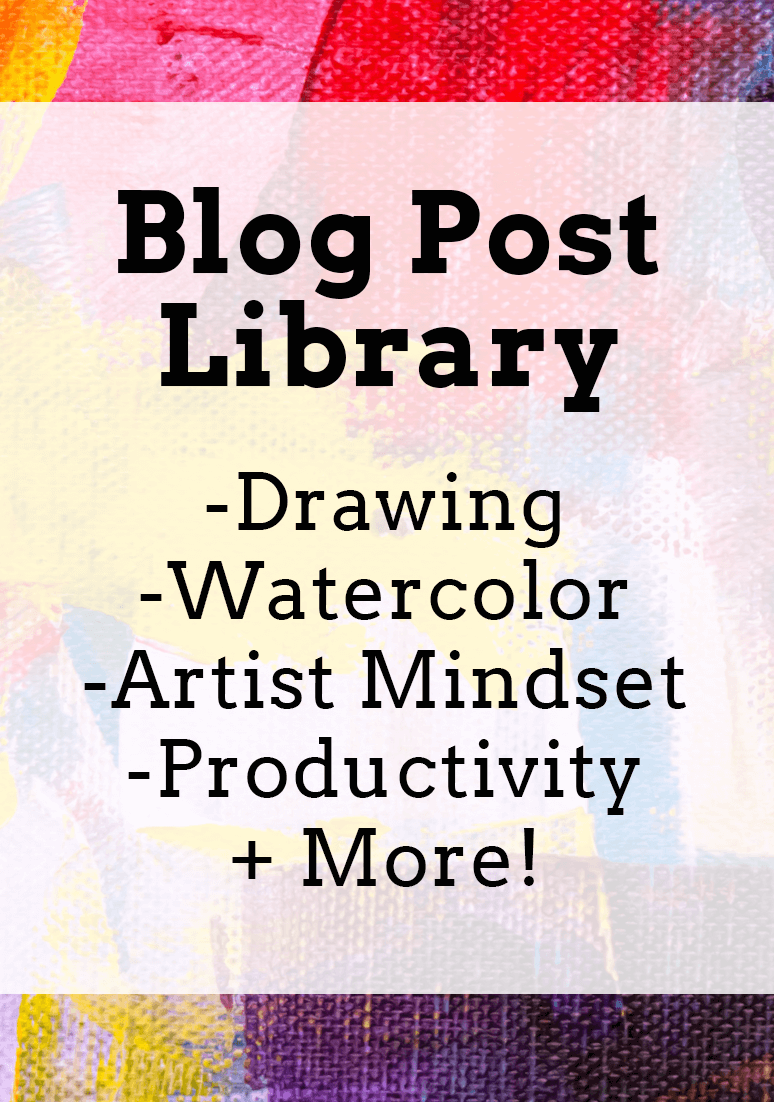
www.erikalancaster.com
is a participant in the Amazon Services LLC Associates Program, an affiliate advertising program designed to provide a means for sites
to earn advertising fees by advertising and linking to amazon.com.
www.erikalancaster.com
is a participant in the Shareasale.com Affiliate Program, an affiliate advertising program designed to provide a means for sites to earn advertising fees by advertising and linking to Shareasale.com partner companies.
is a participant in the Amazon Services LLC Associates Program, an affiliate advertising program designed to provide a means for sites
to earn advertising fees by advertising and linking to amazon.com.
www.erikalancaster.com
is a participant in the Shareasale.com Affiliate Program, an affiliate advertising program designed to provide a means for sites to earn advertising fees by advertising and linking to Shareasale.com partner companies.

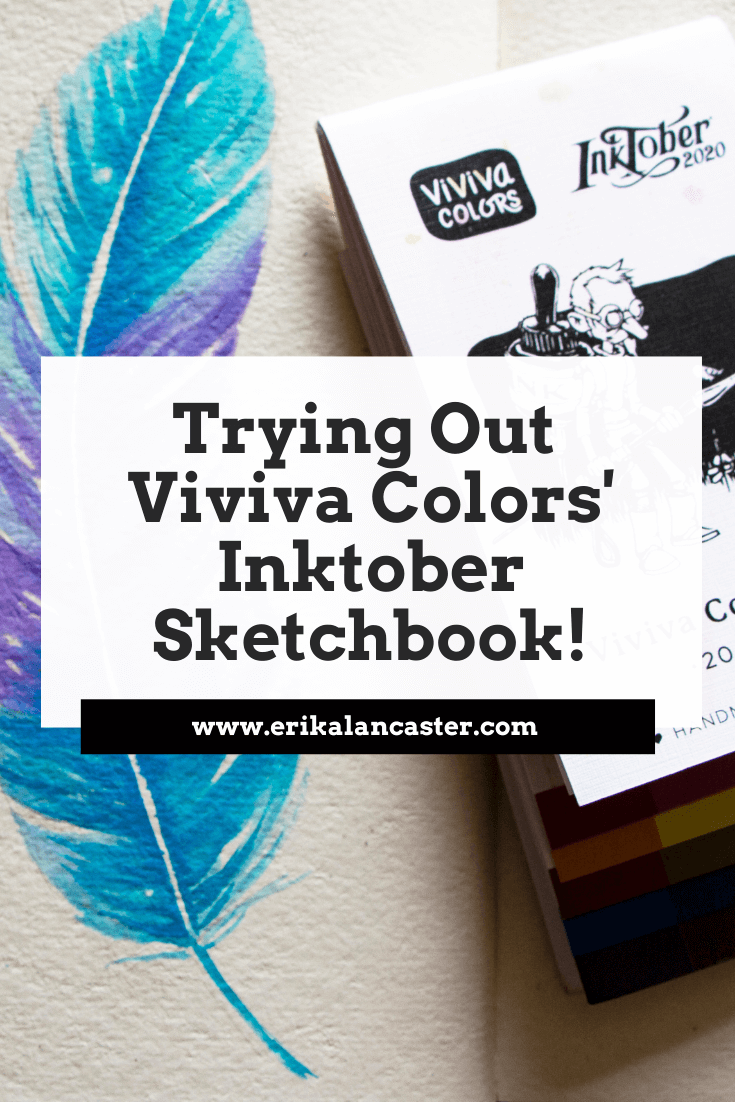
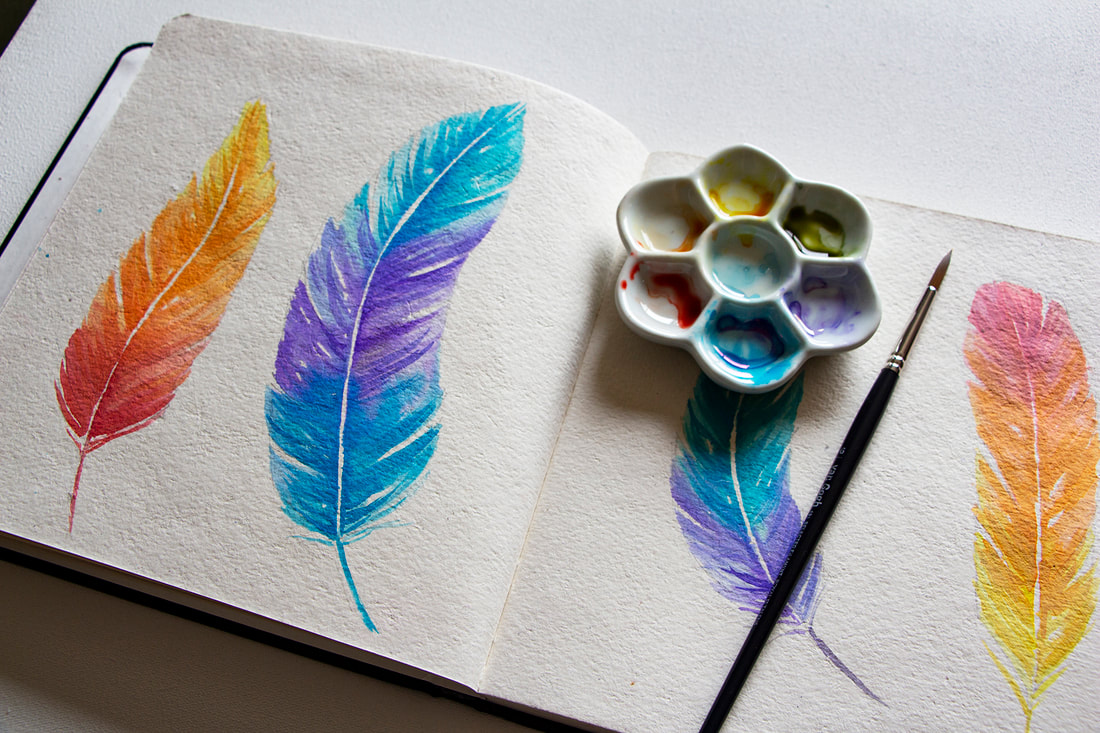
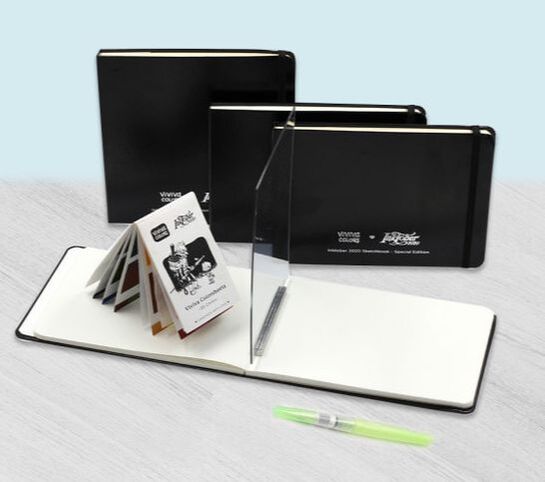
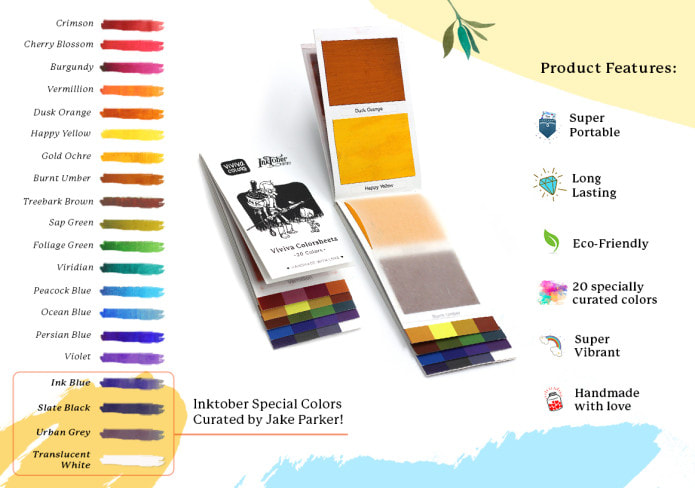
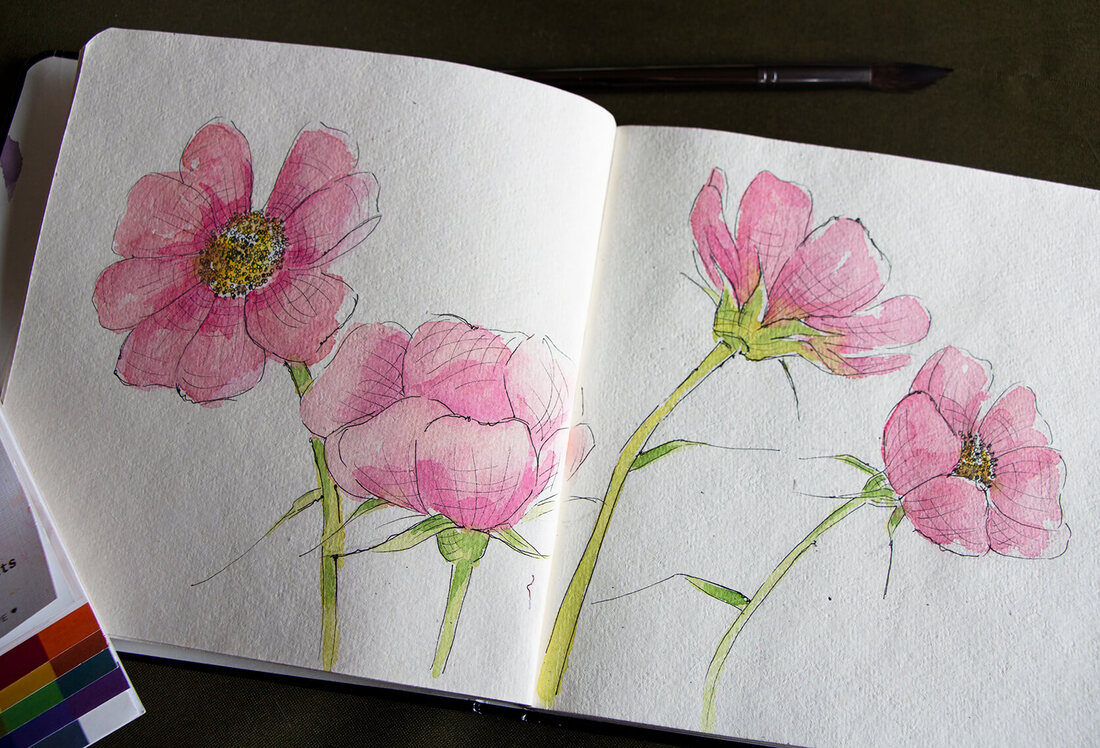
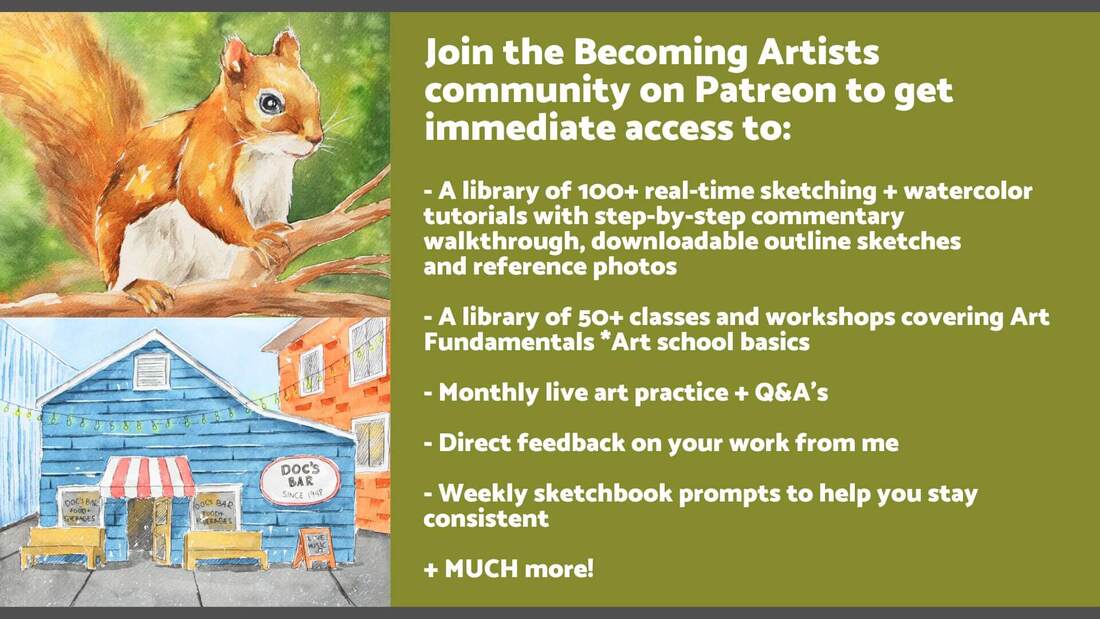
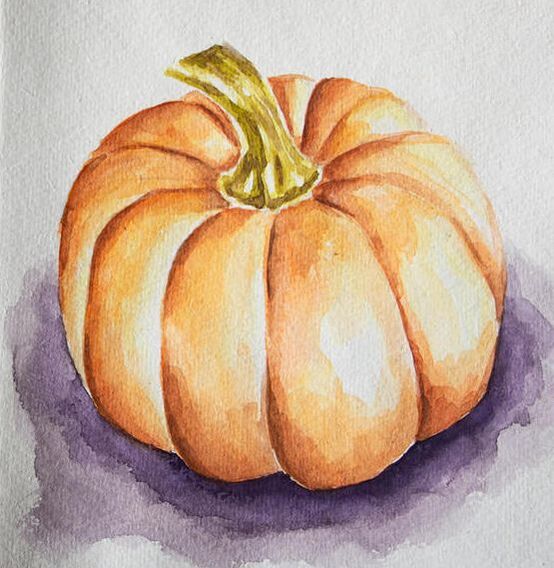
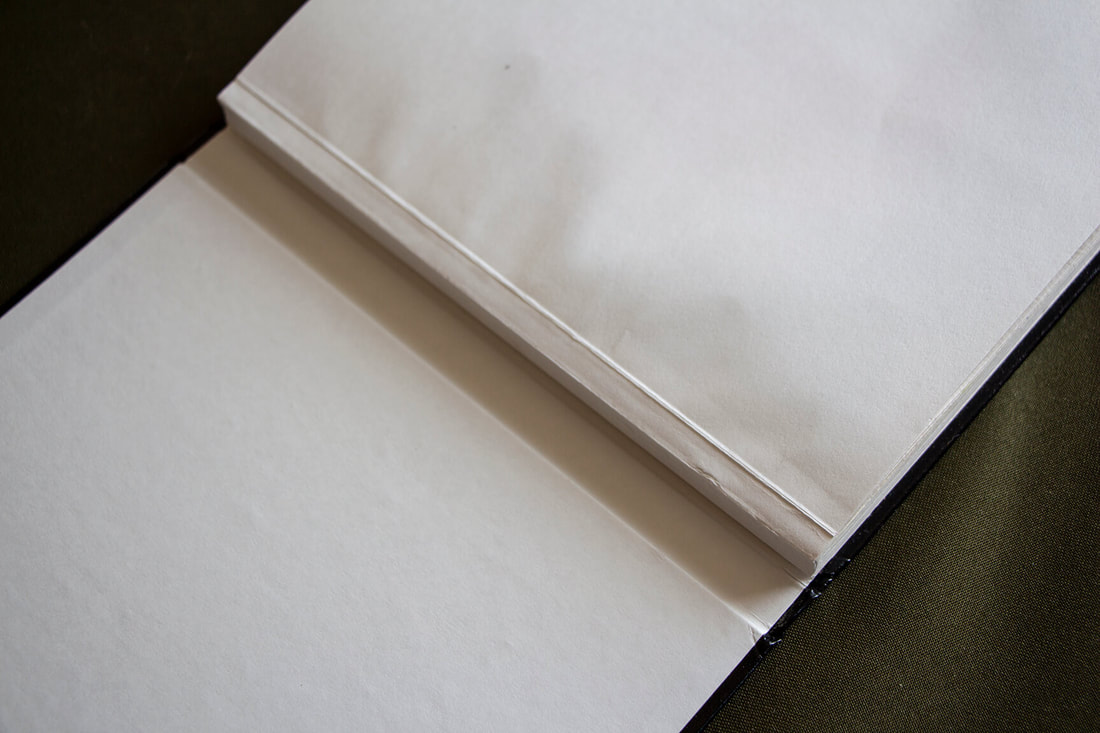
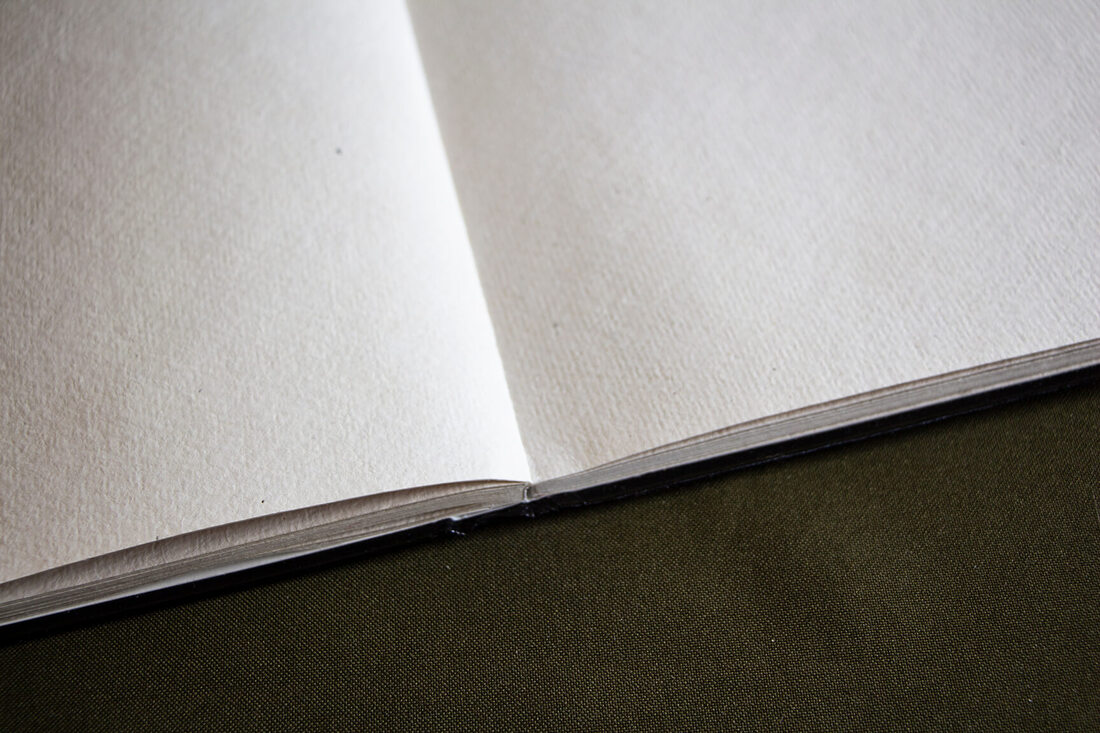
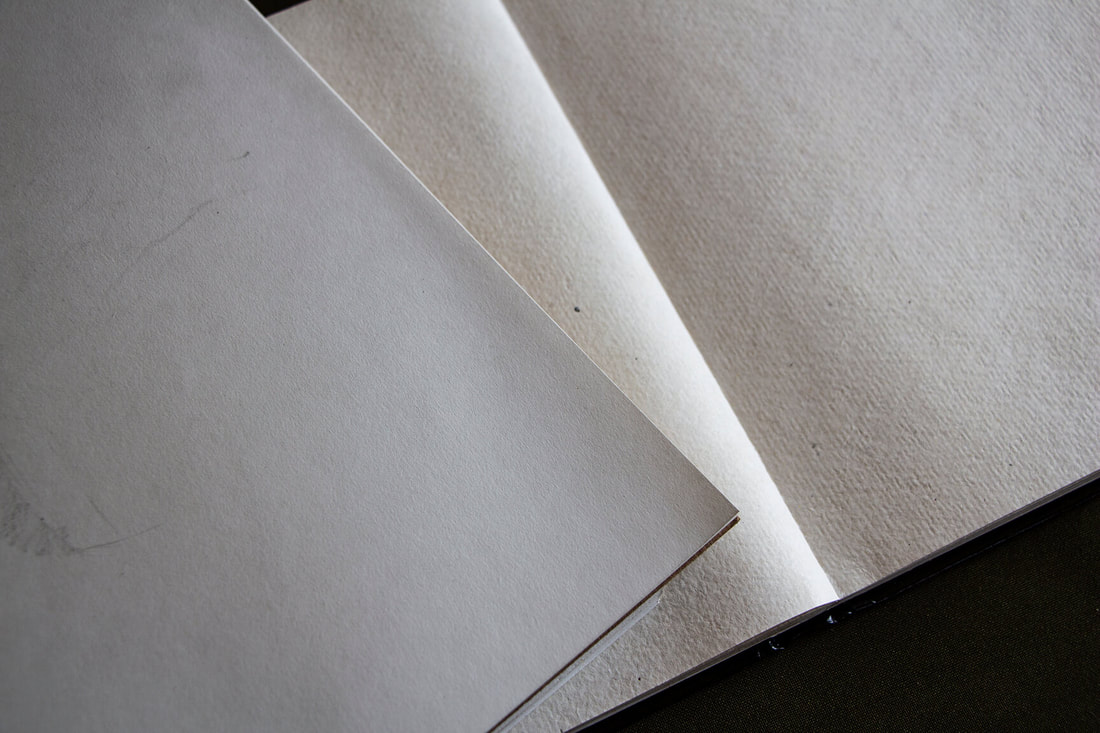
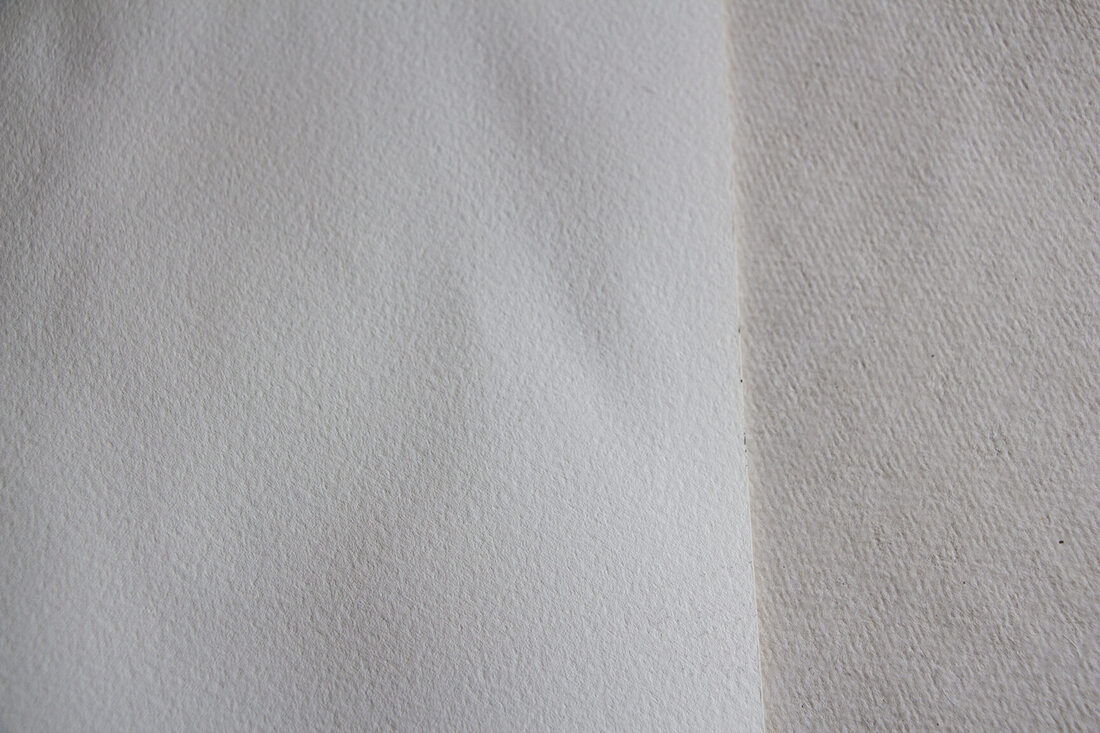
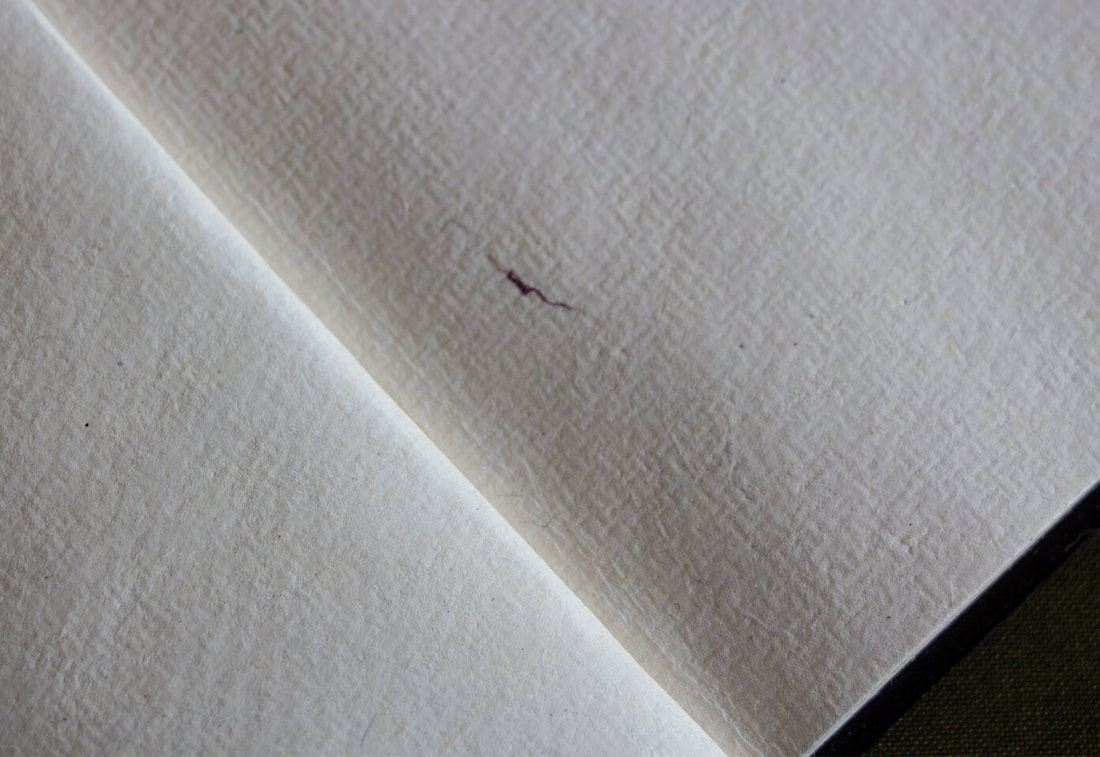
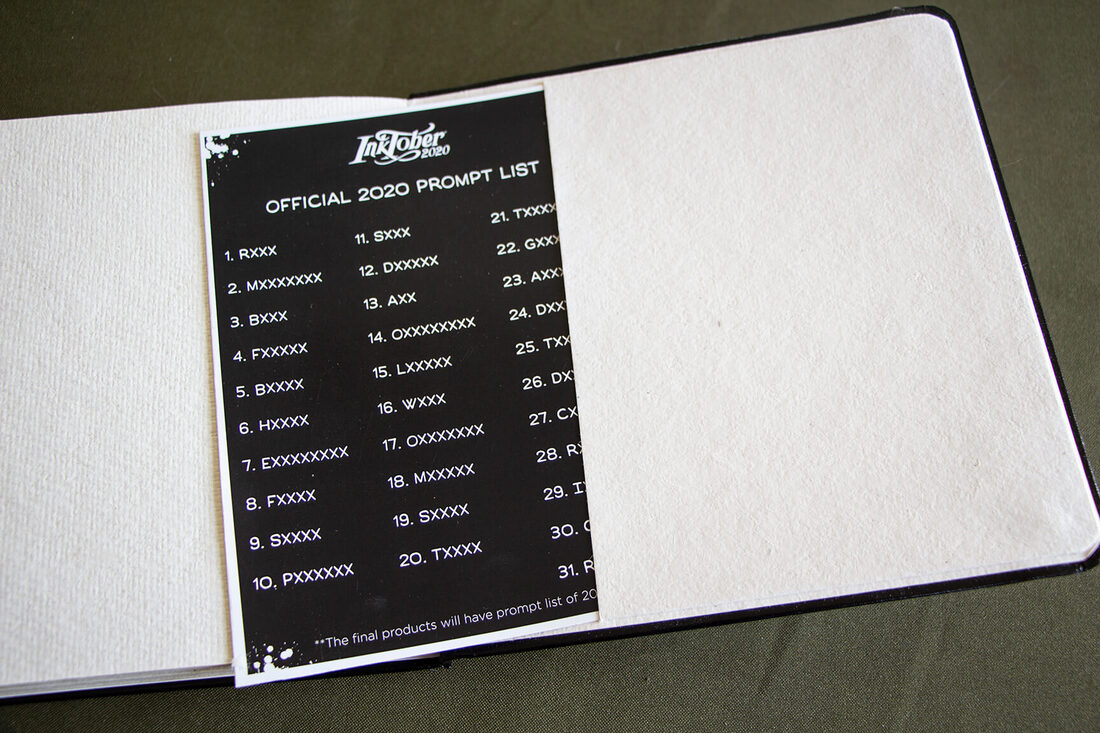
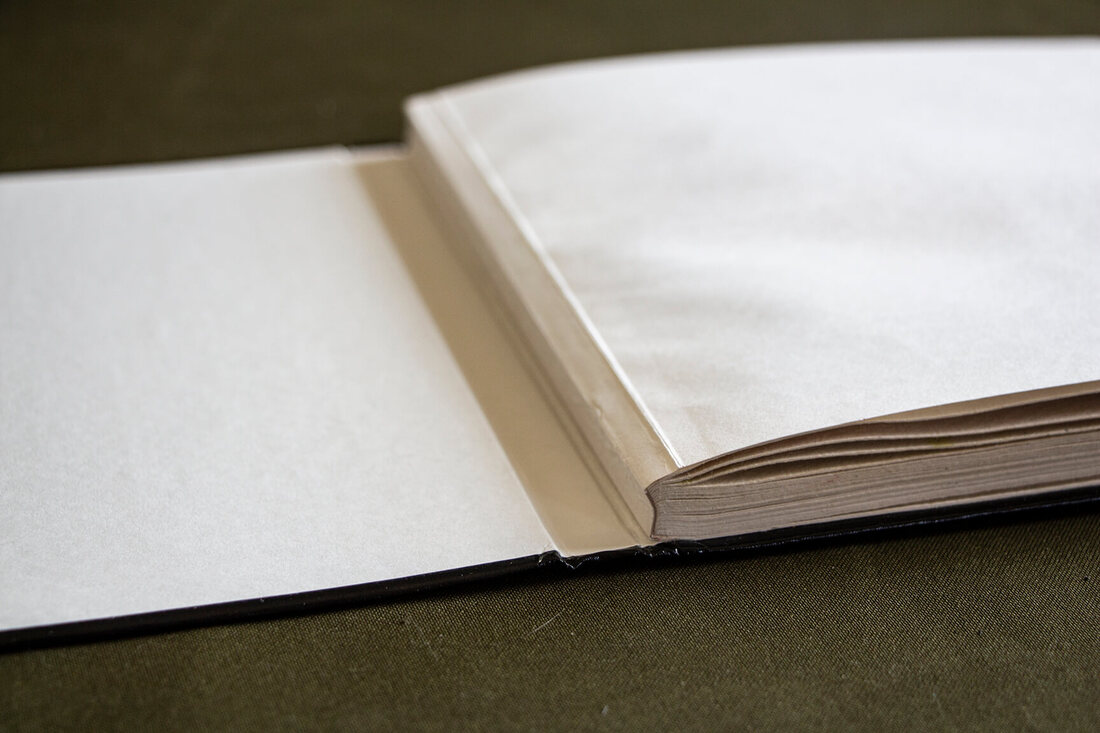
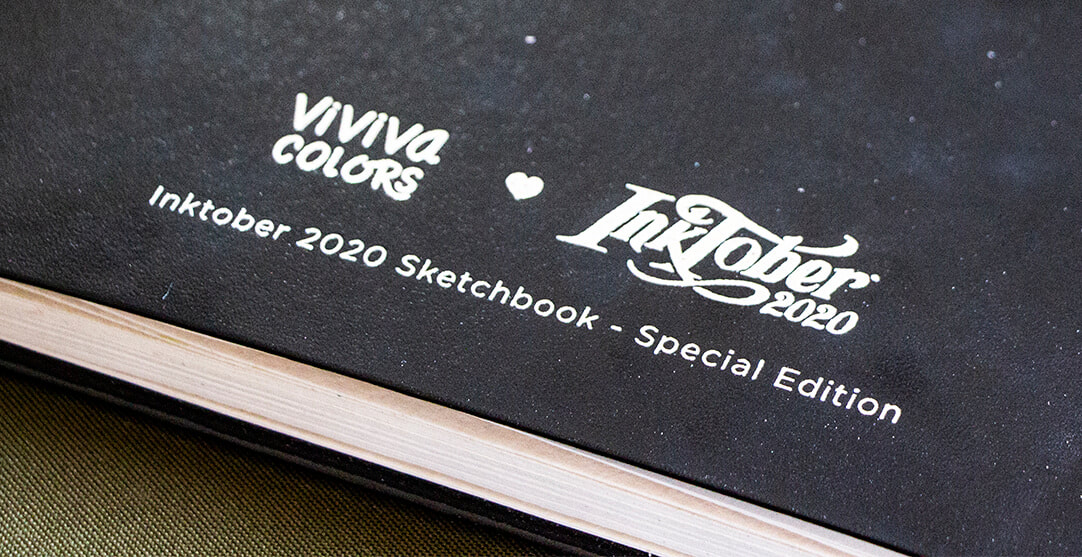
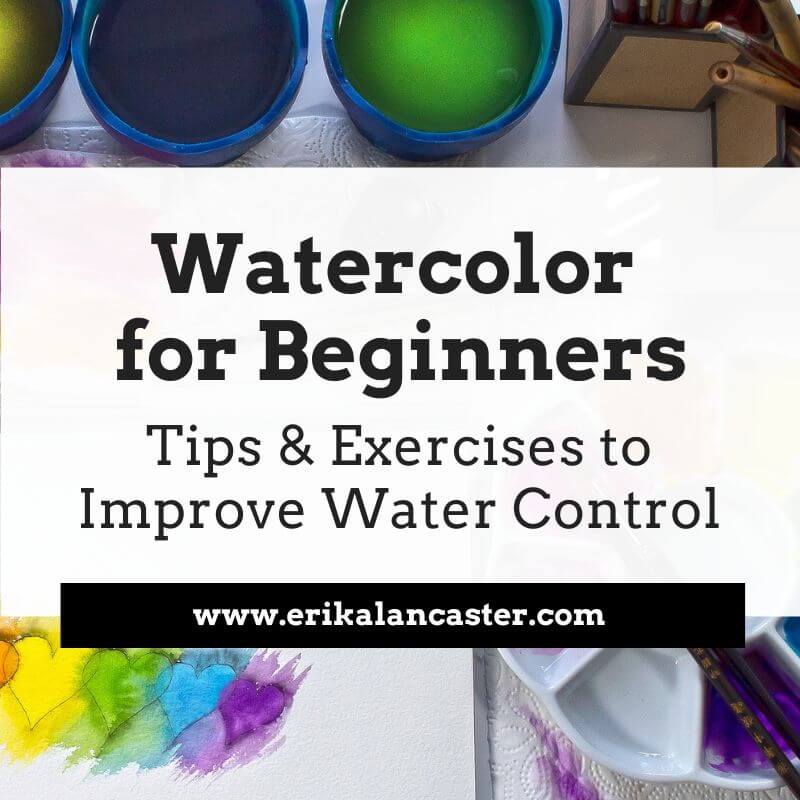
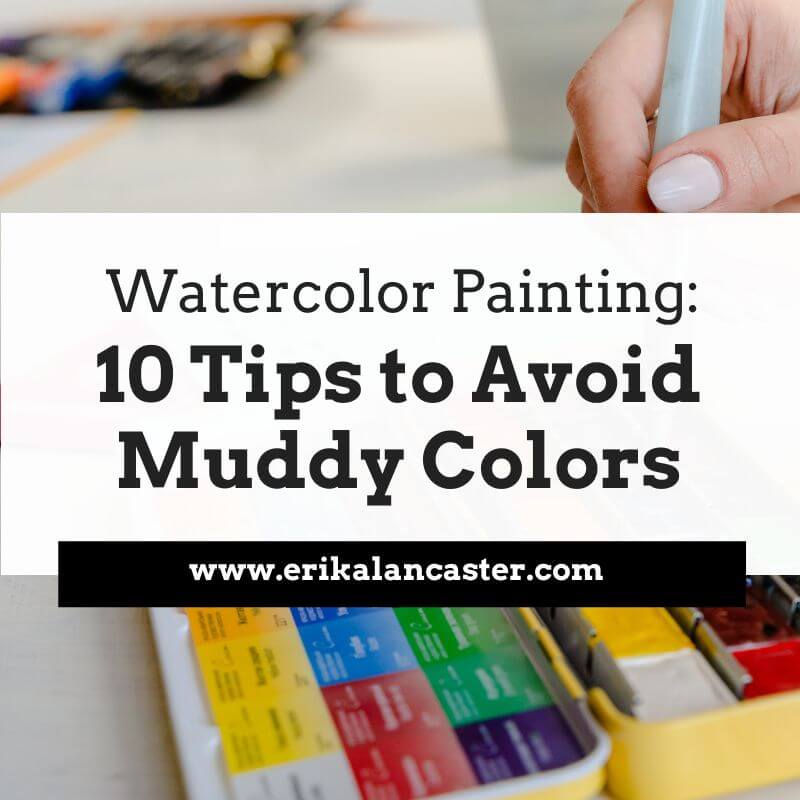
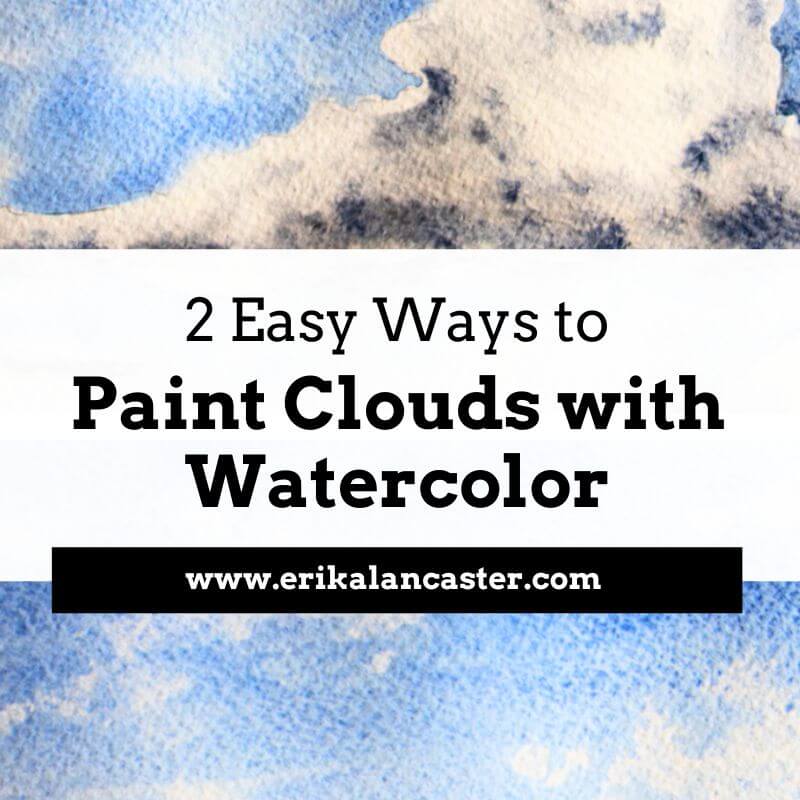
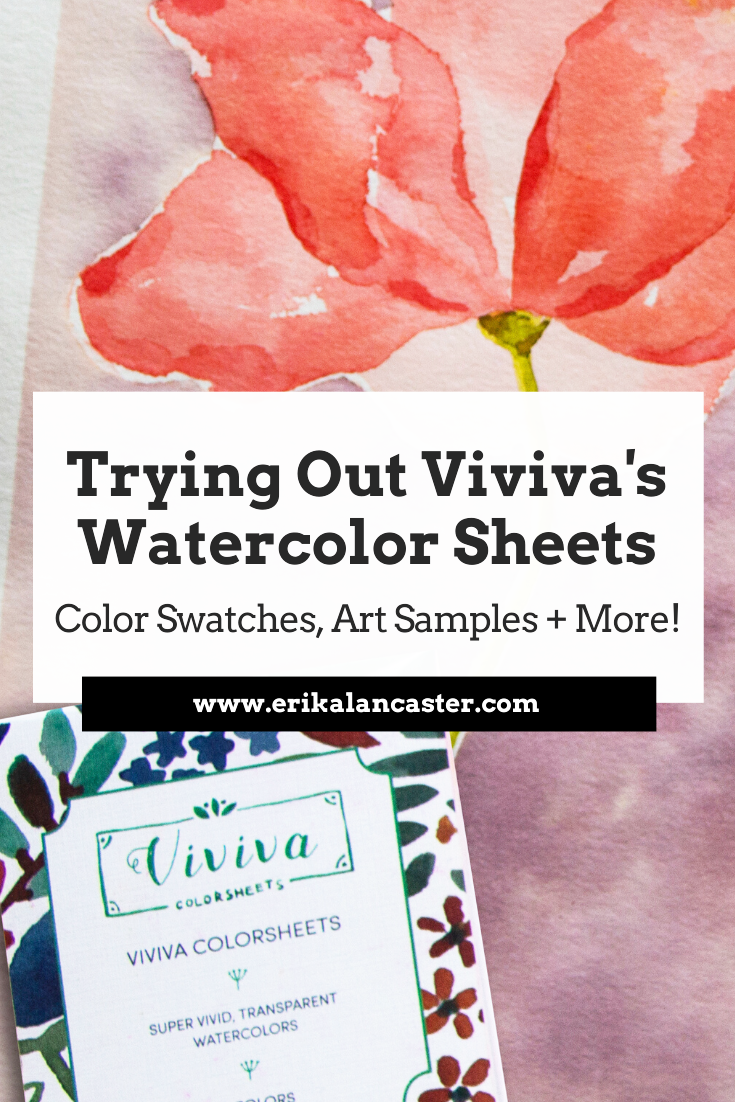
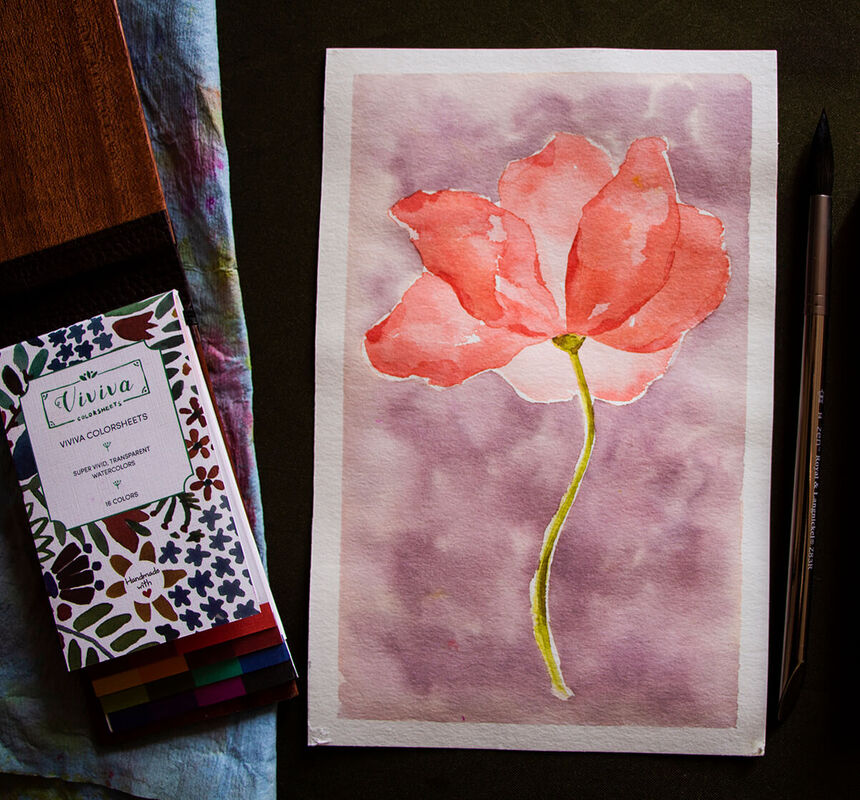
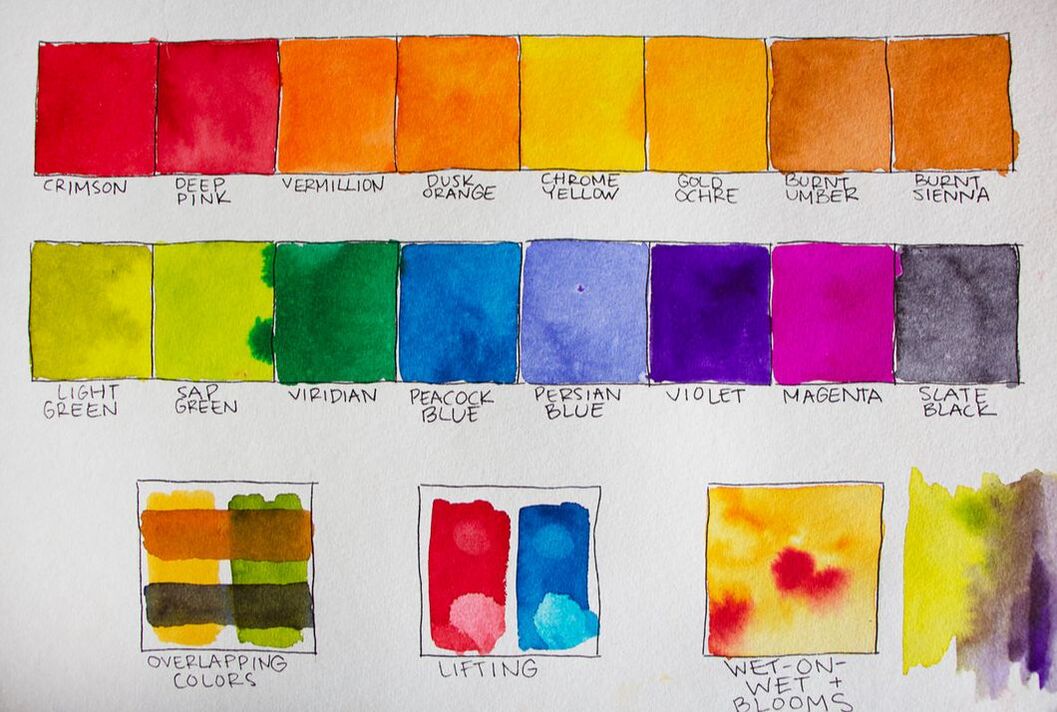
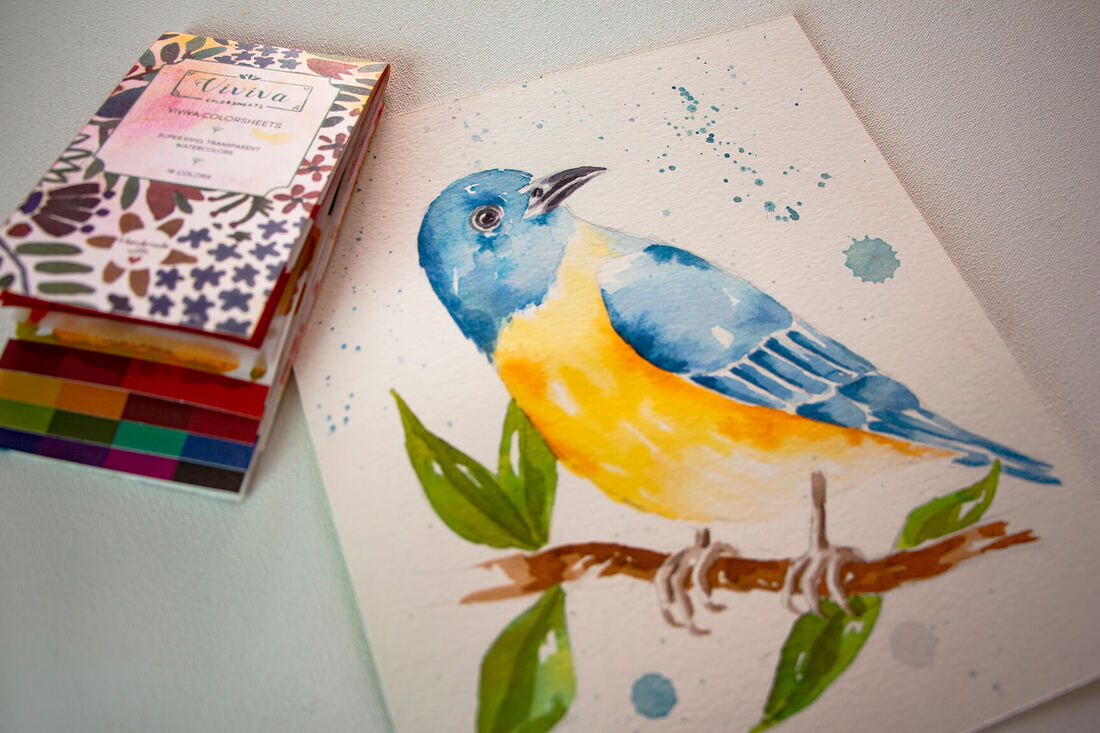
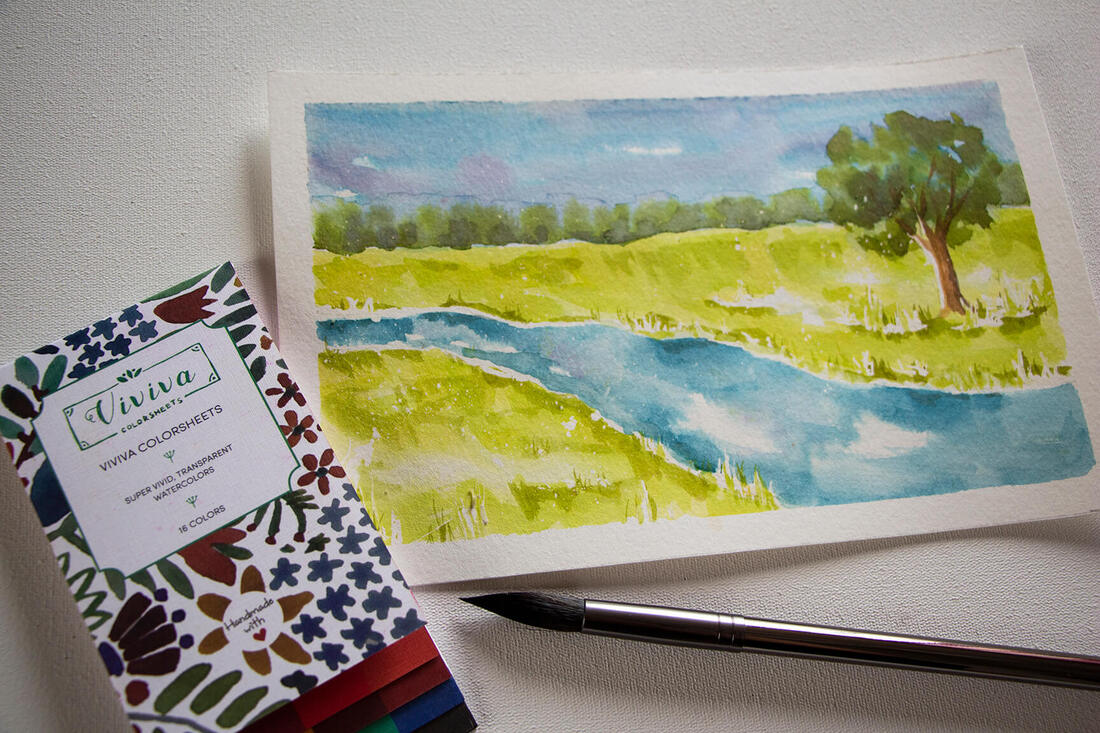
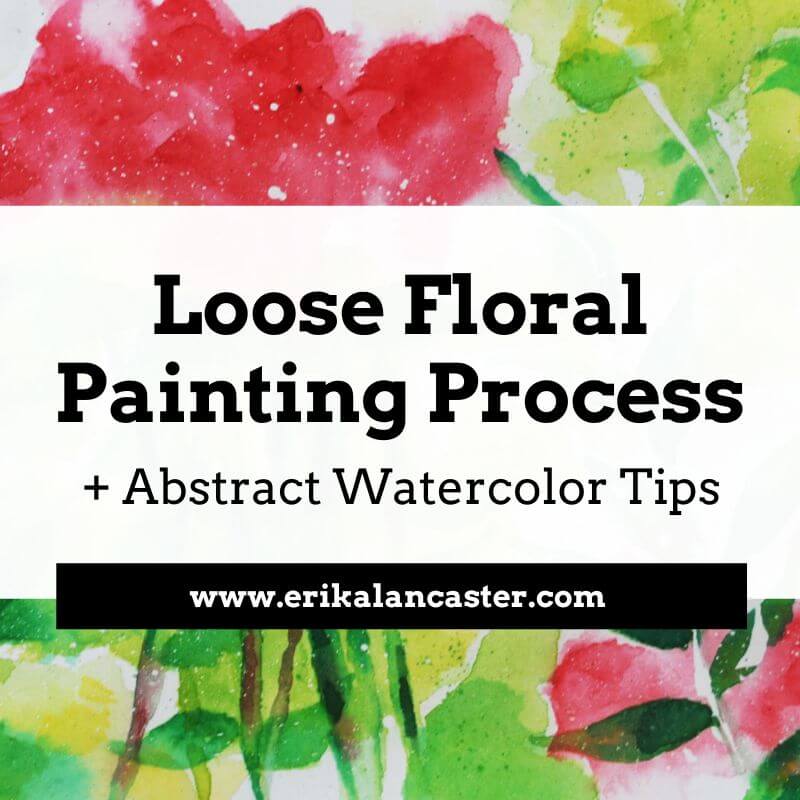
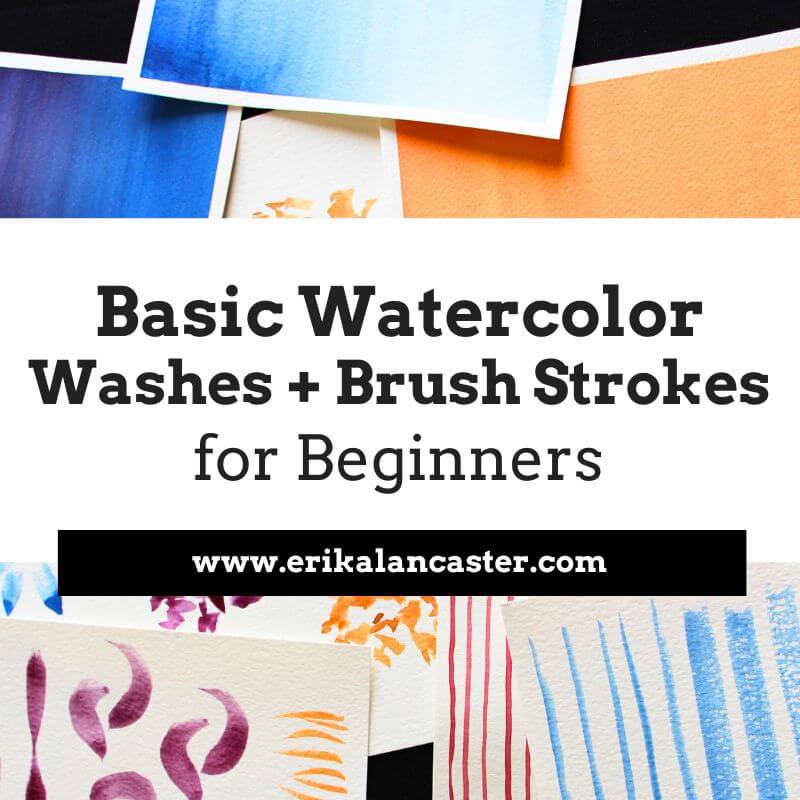
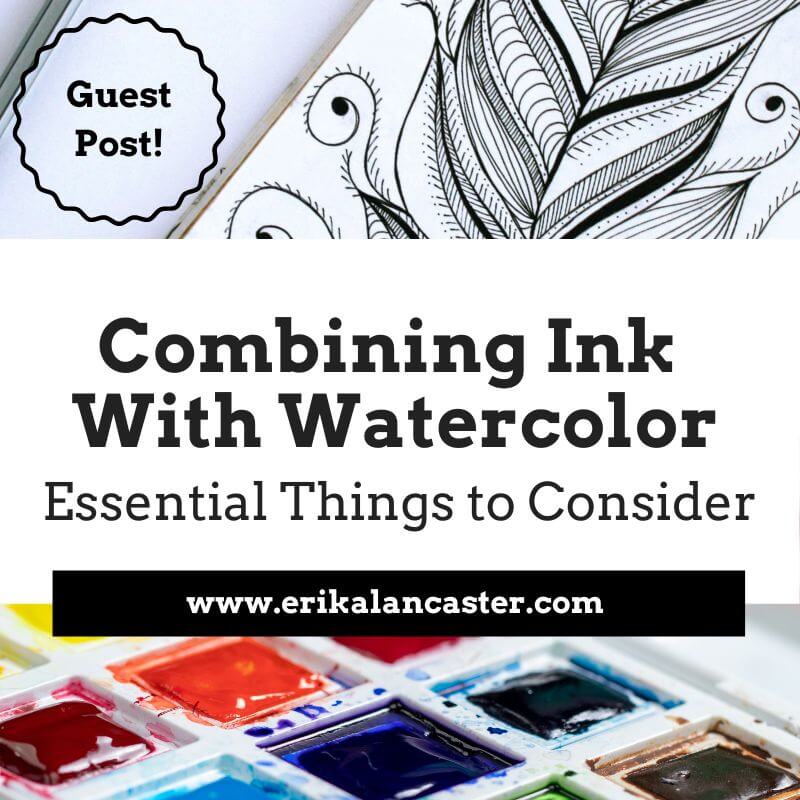
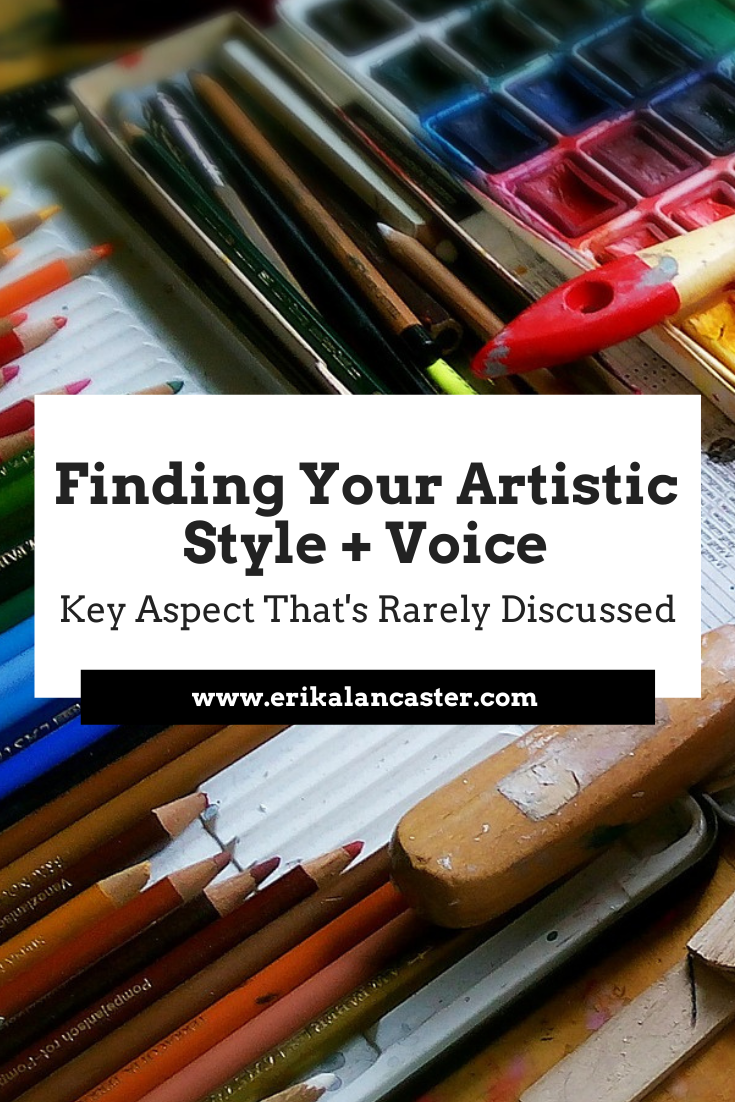
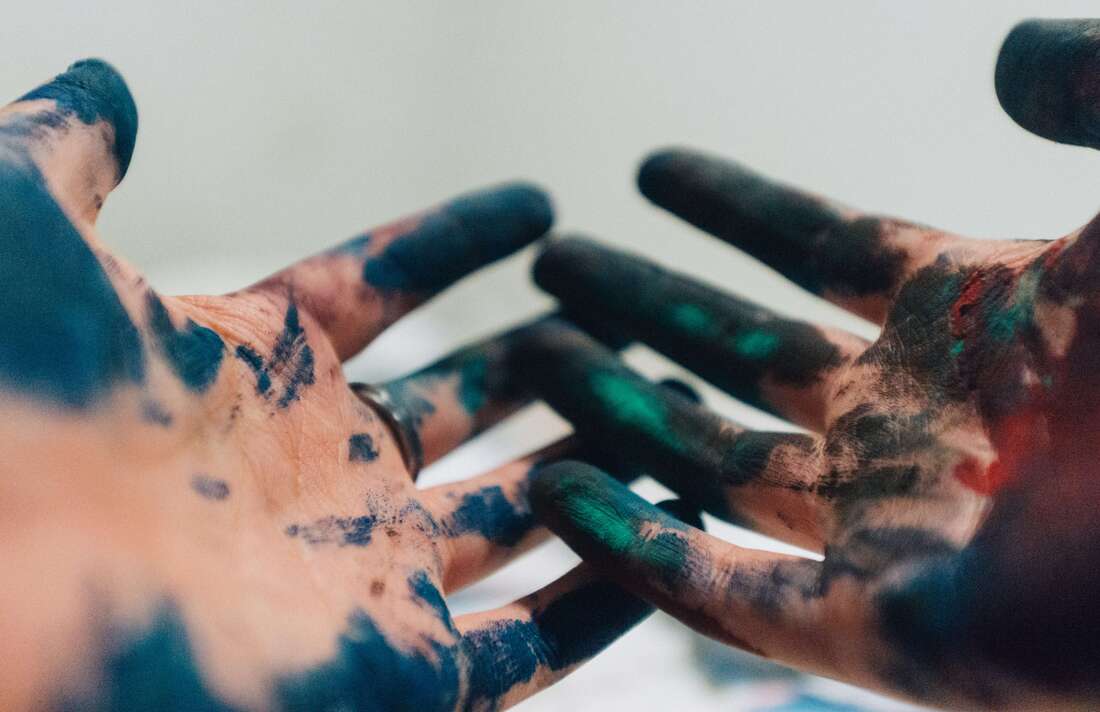
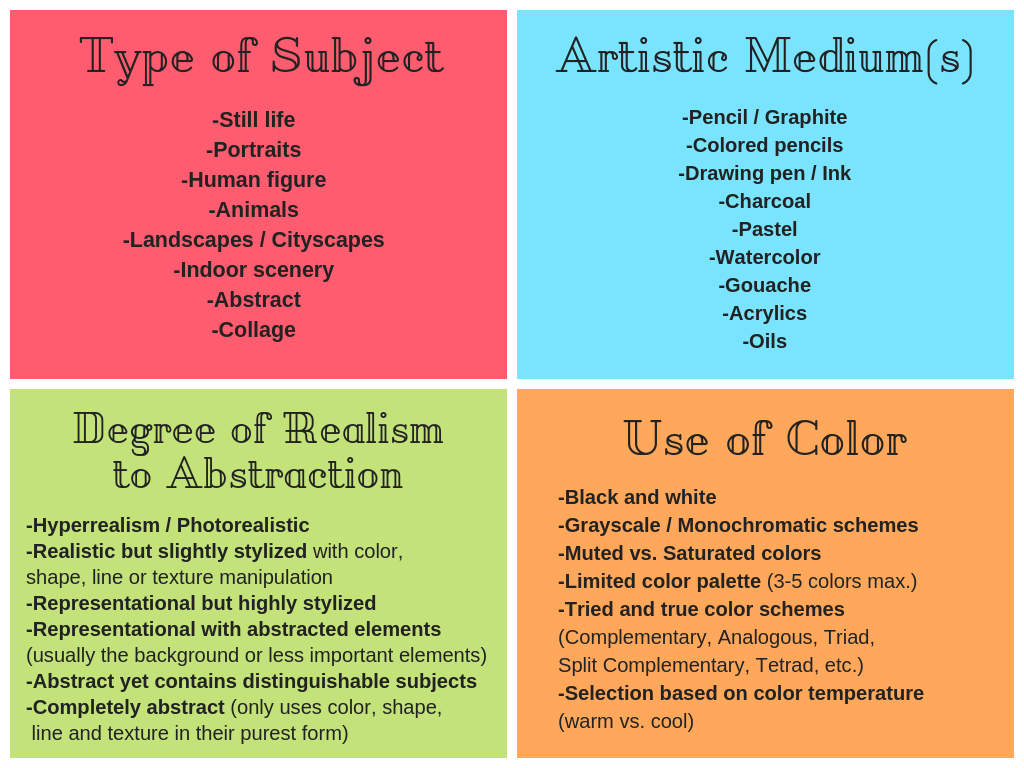
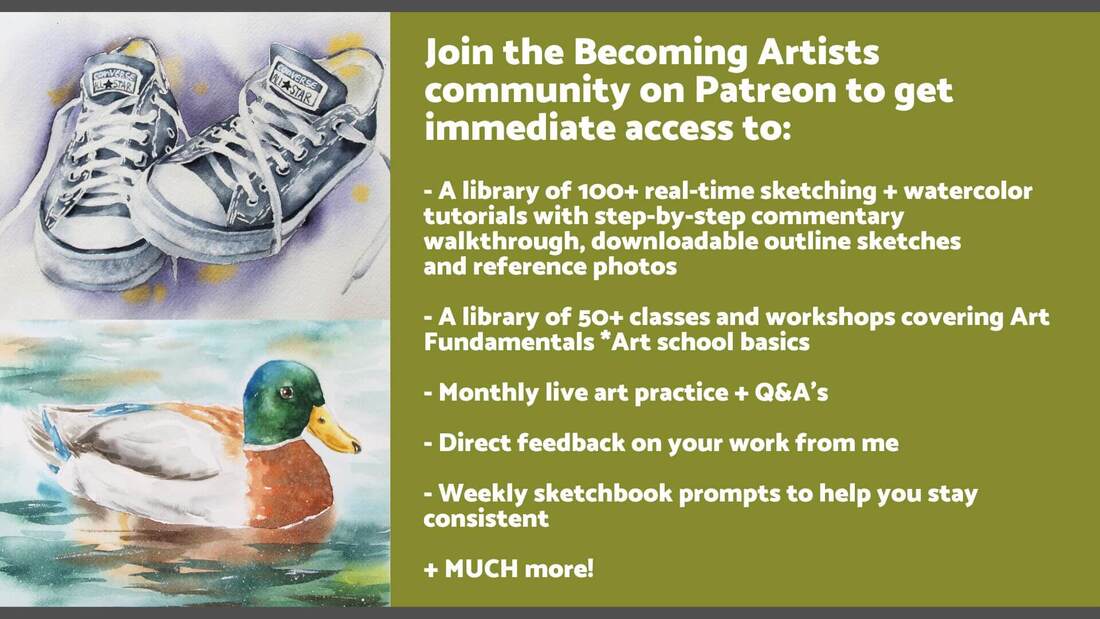
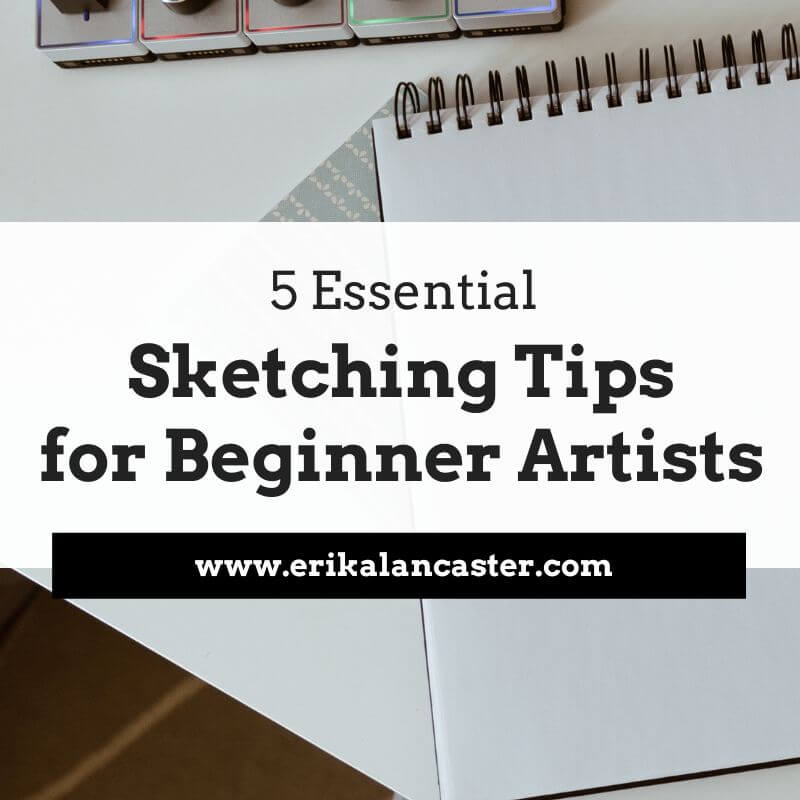
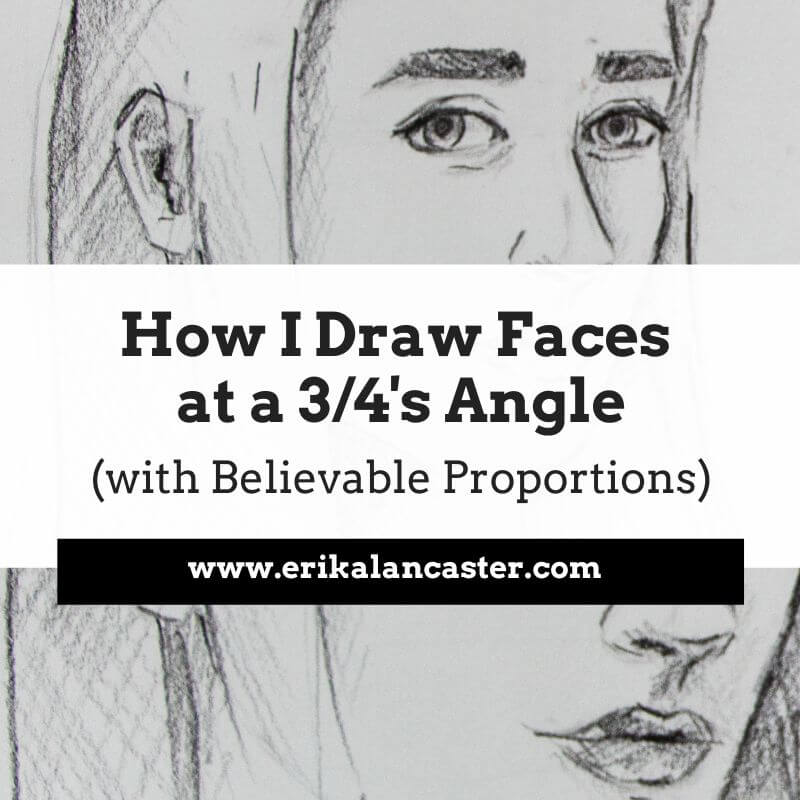
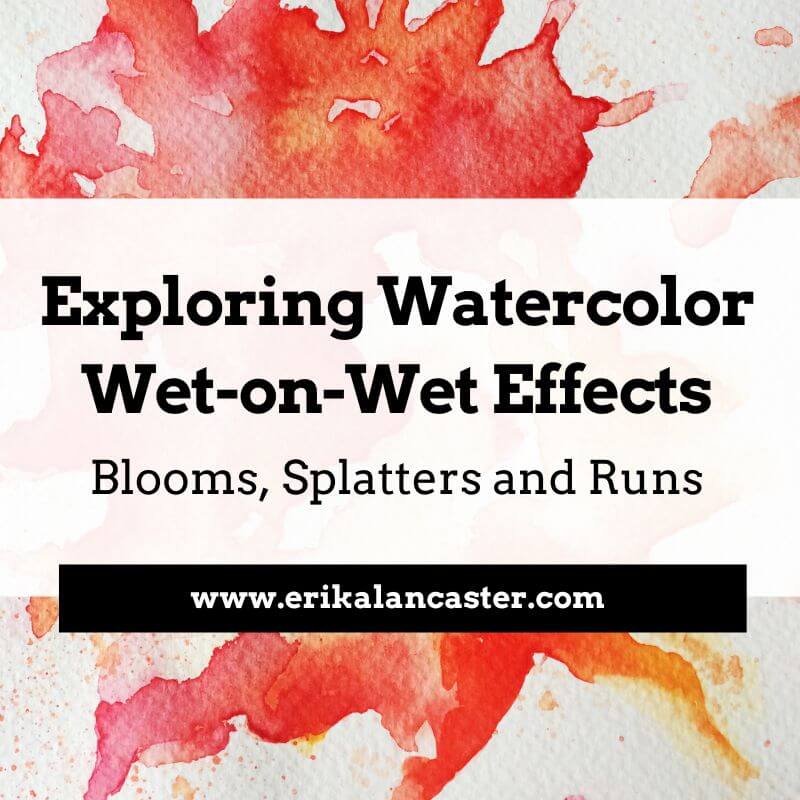
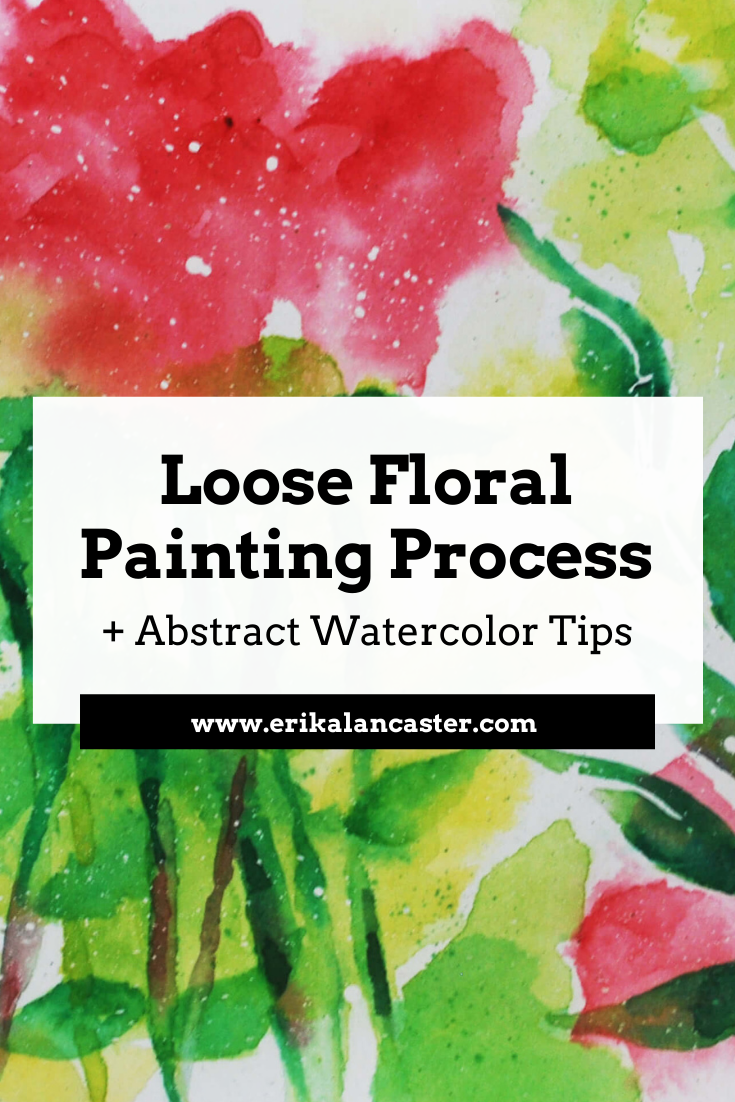
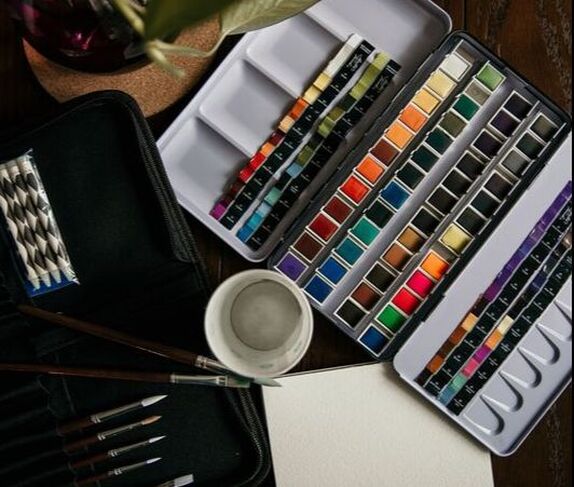
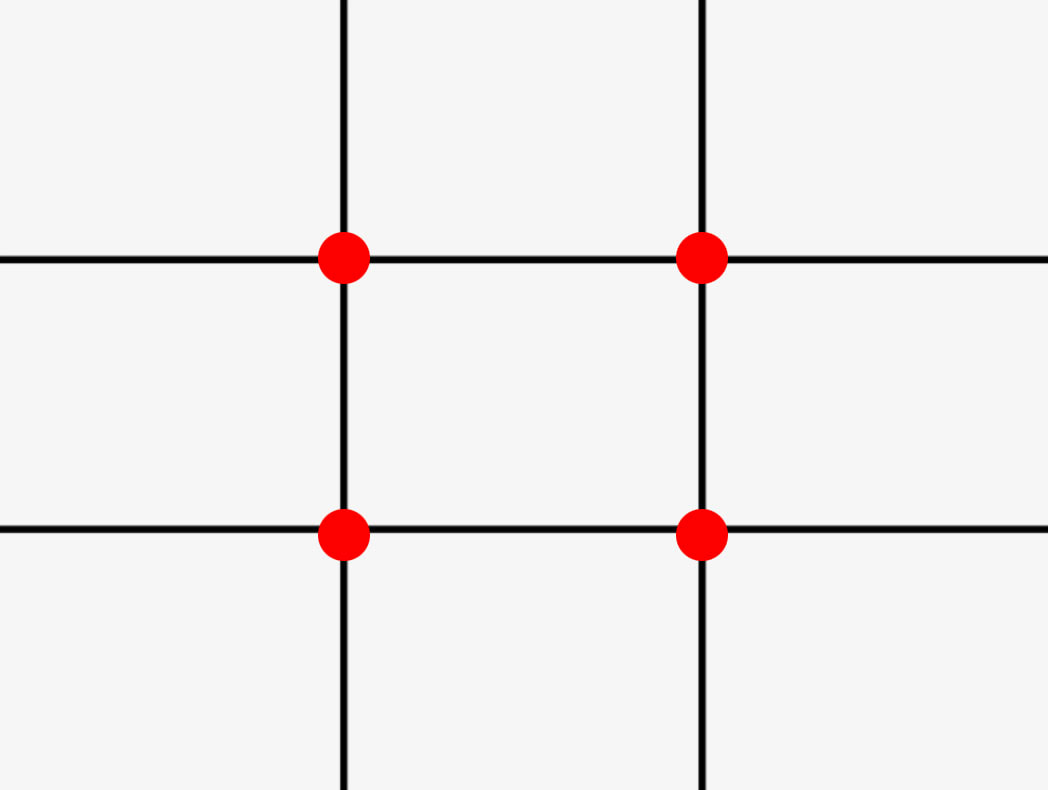
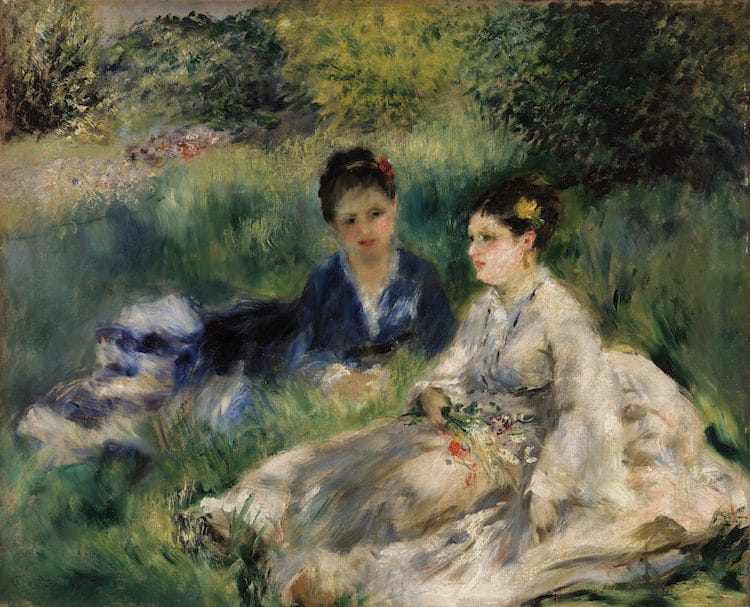
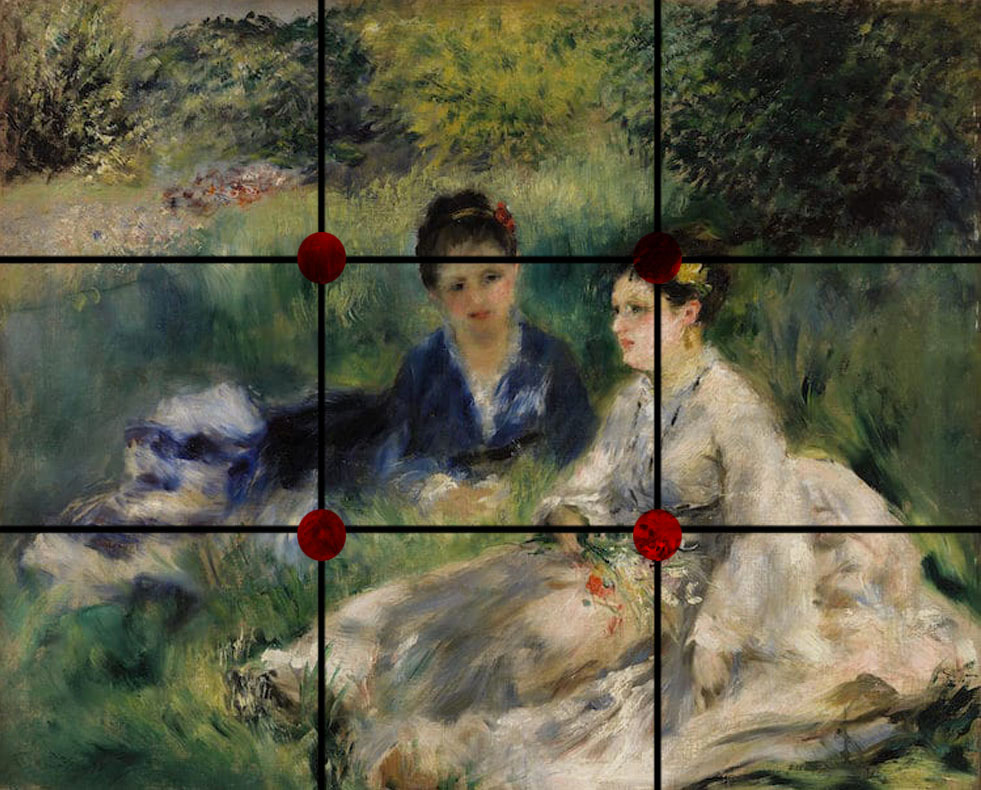
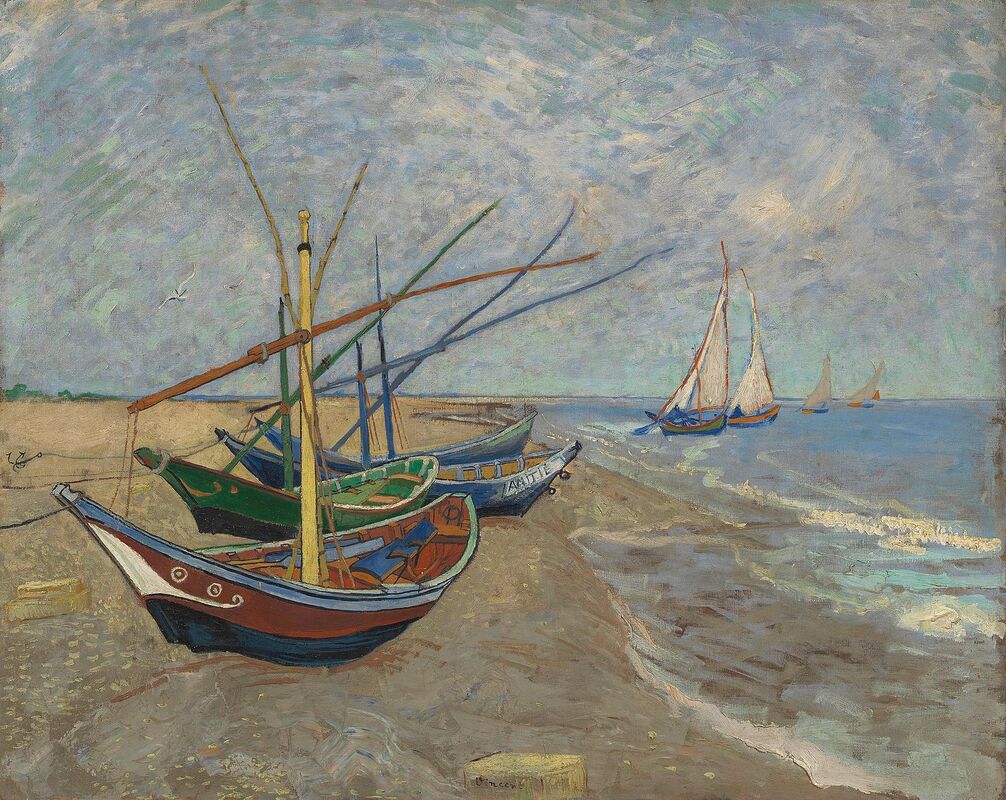
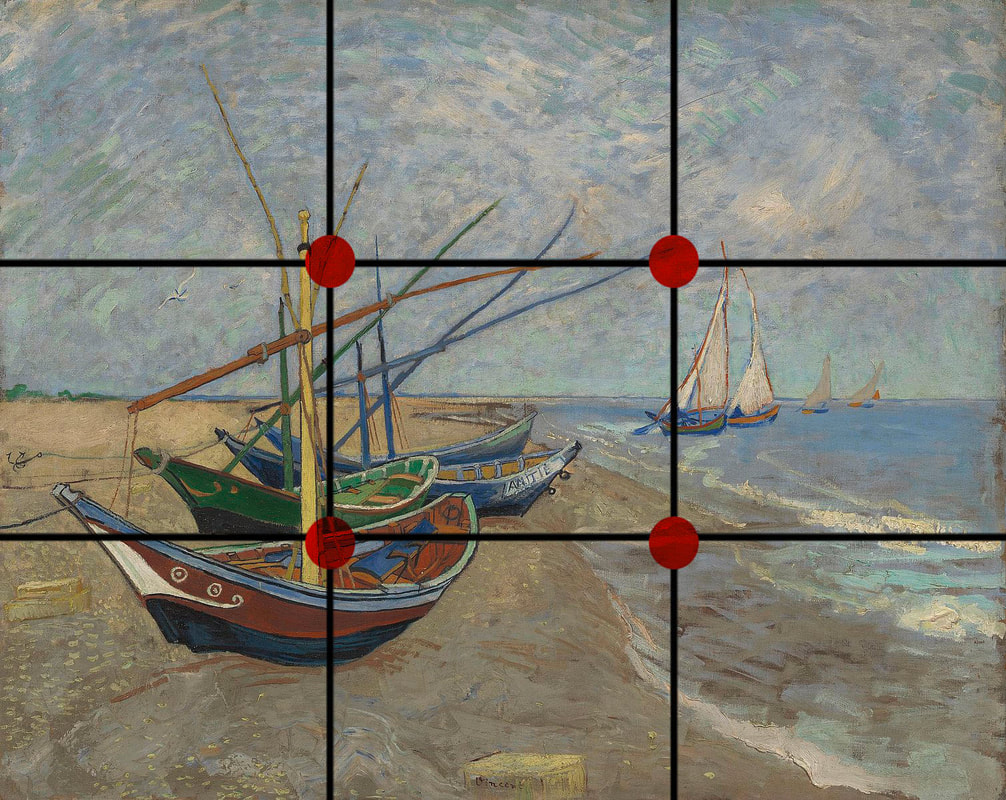
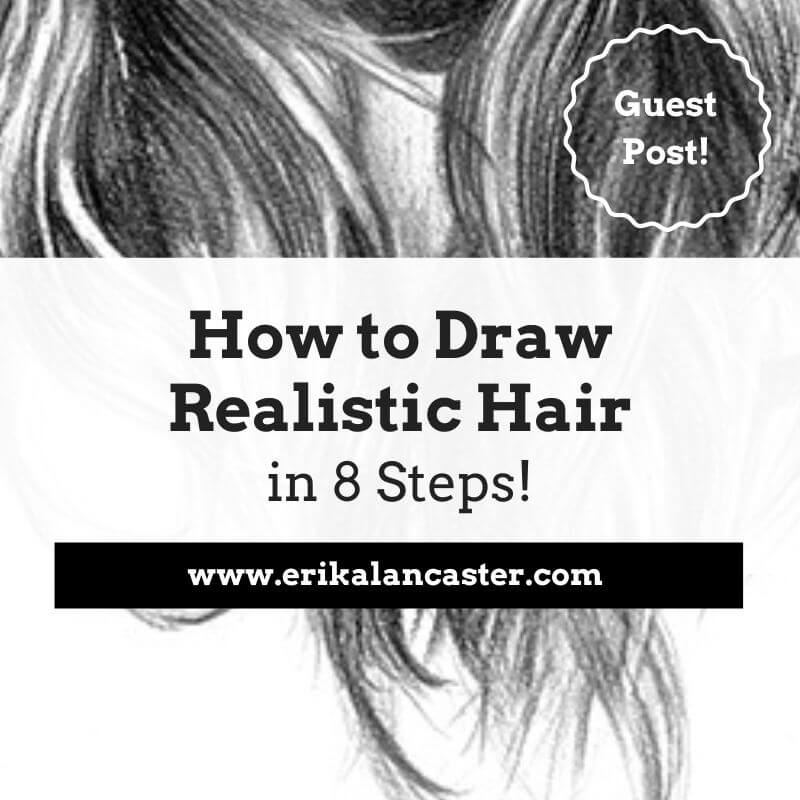
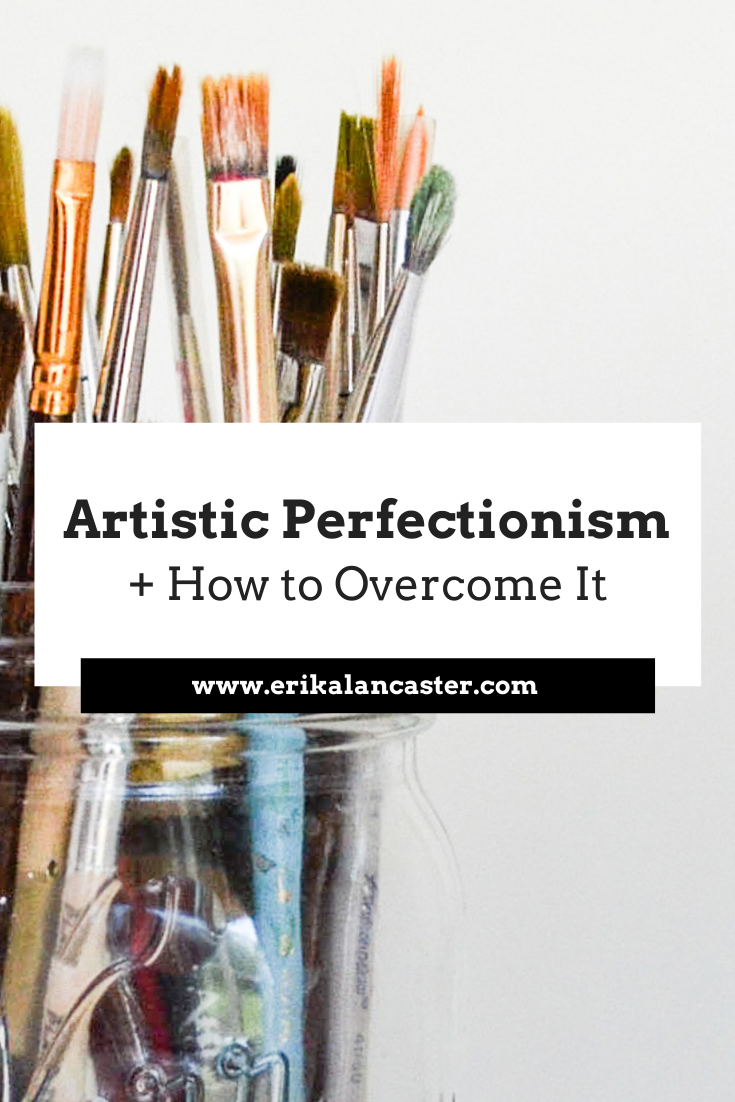
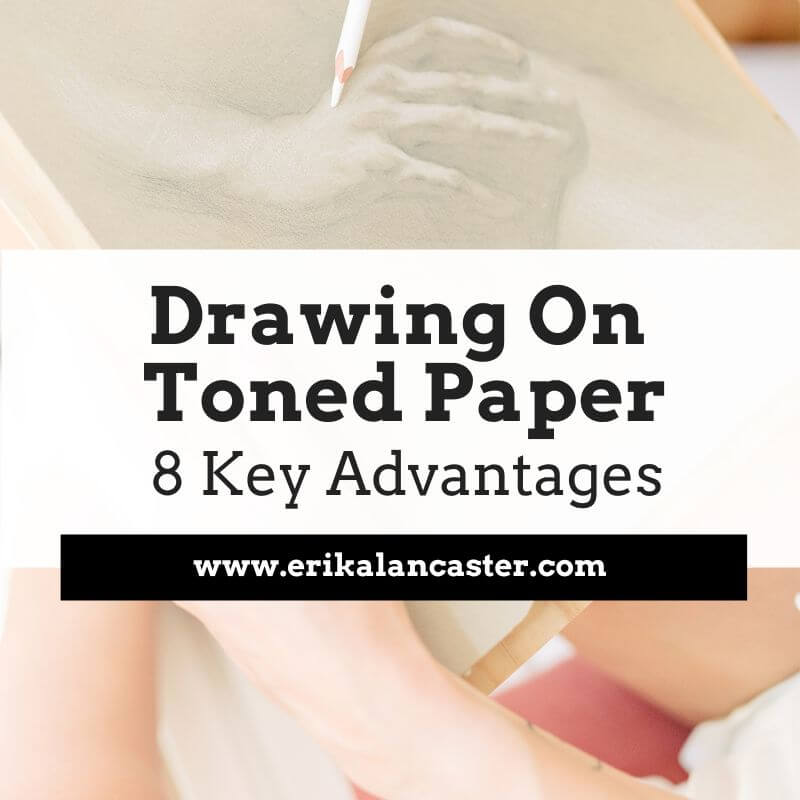


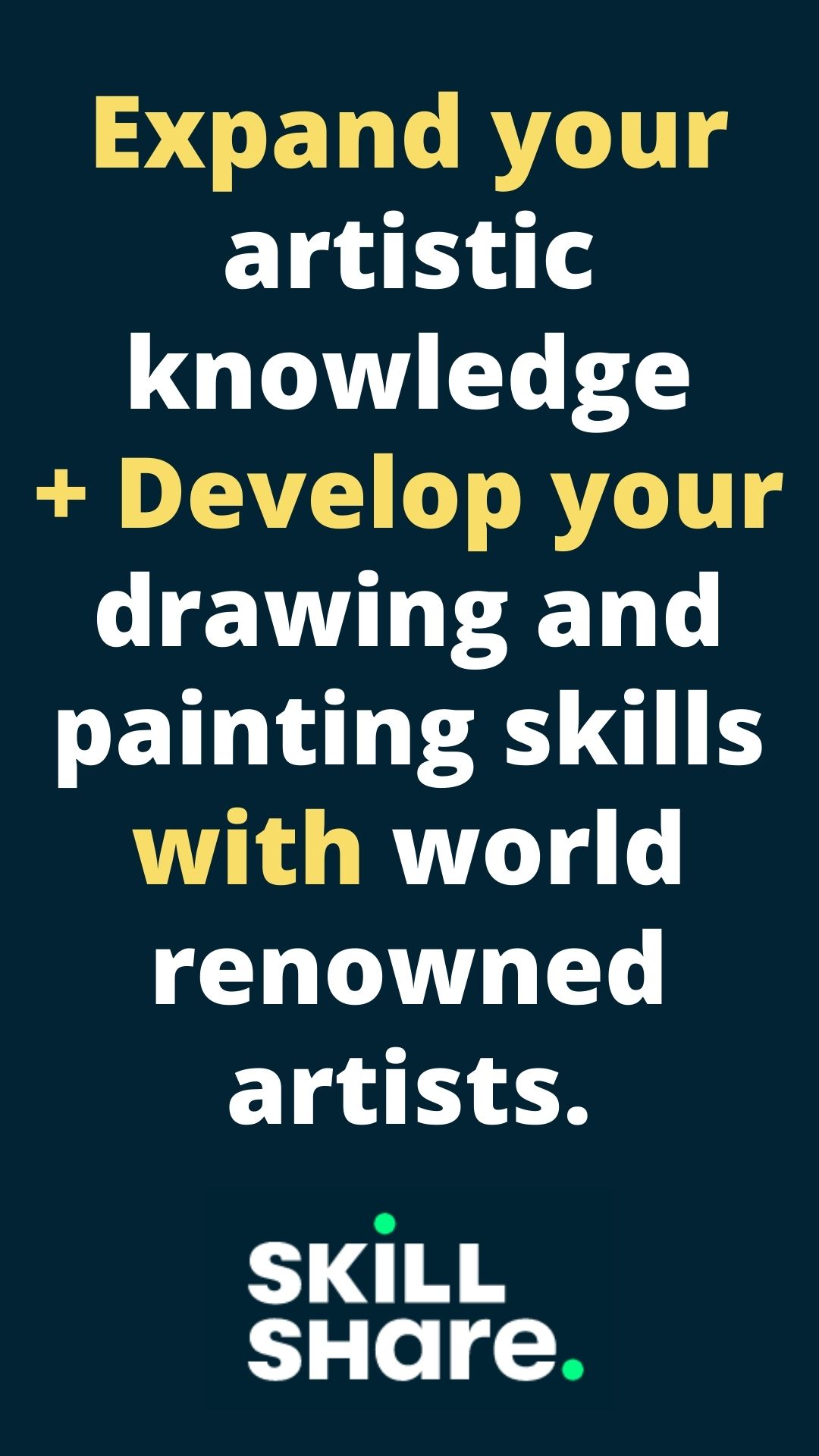

 RSS Feed
RSS Feed

